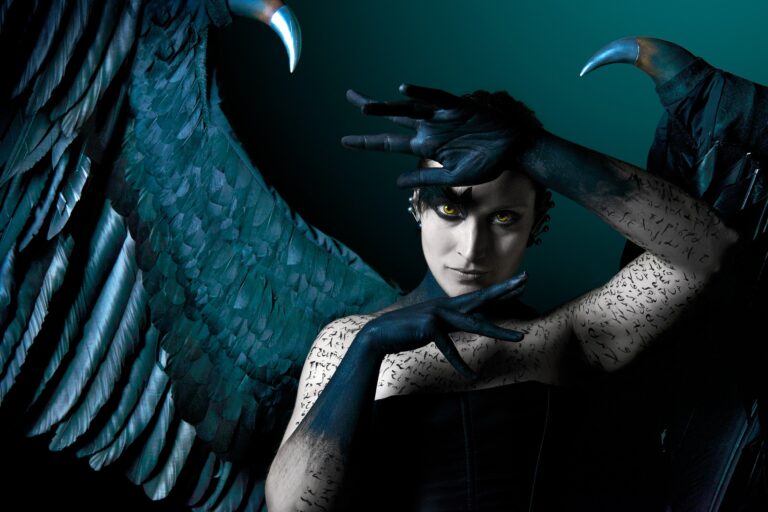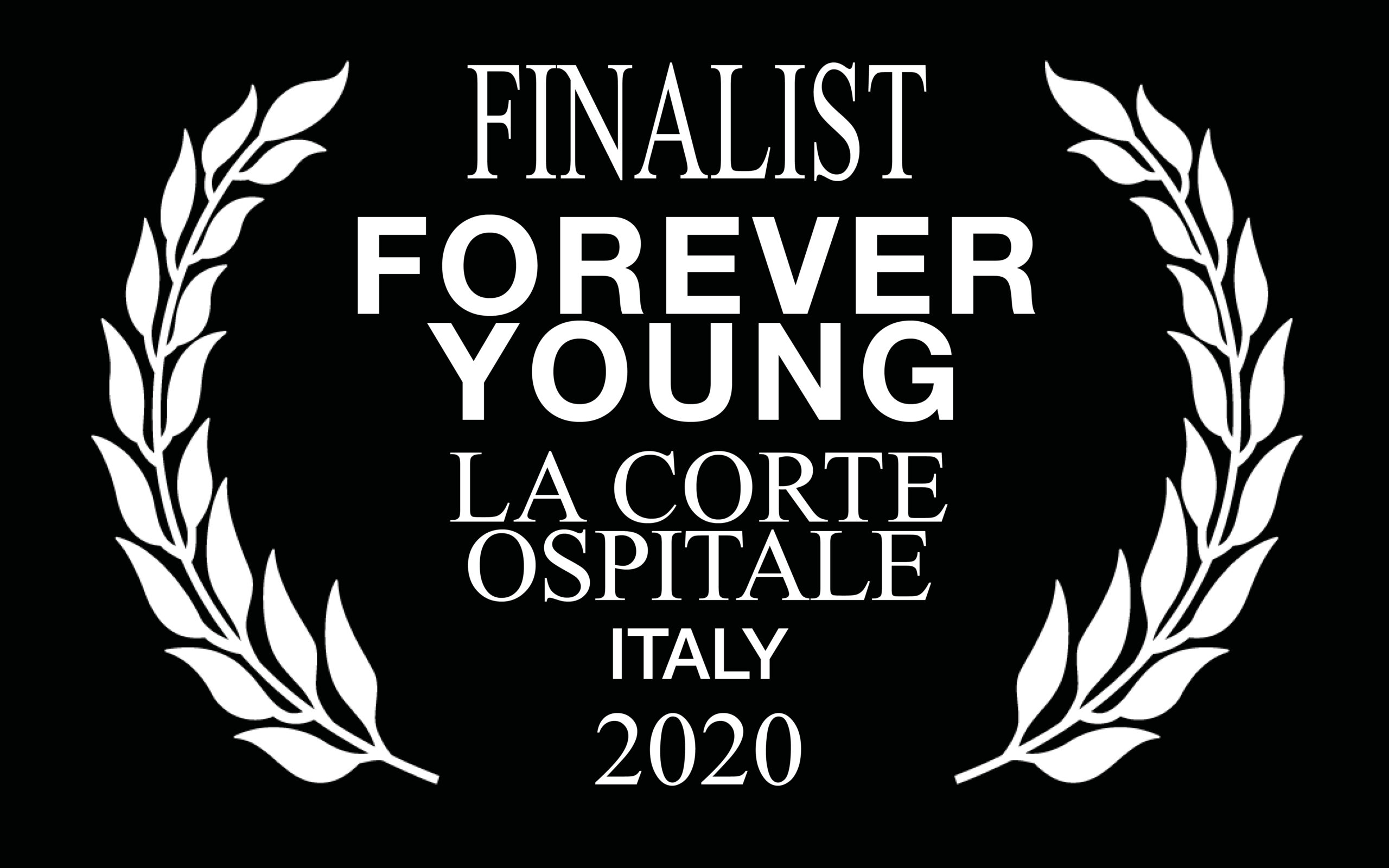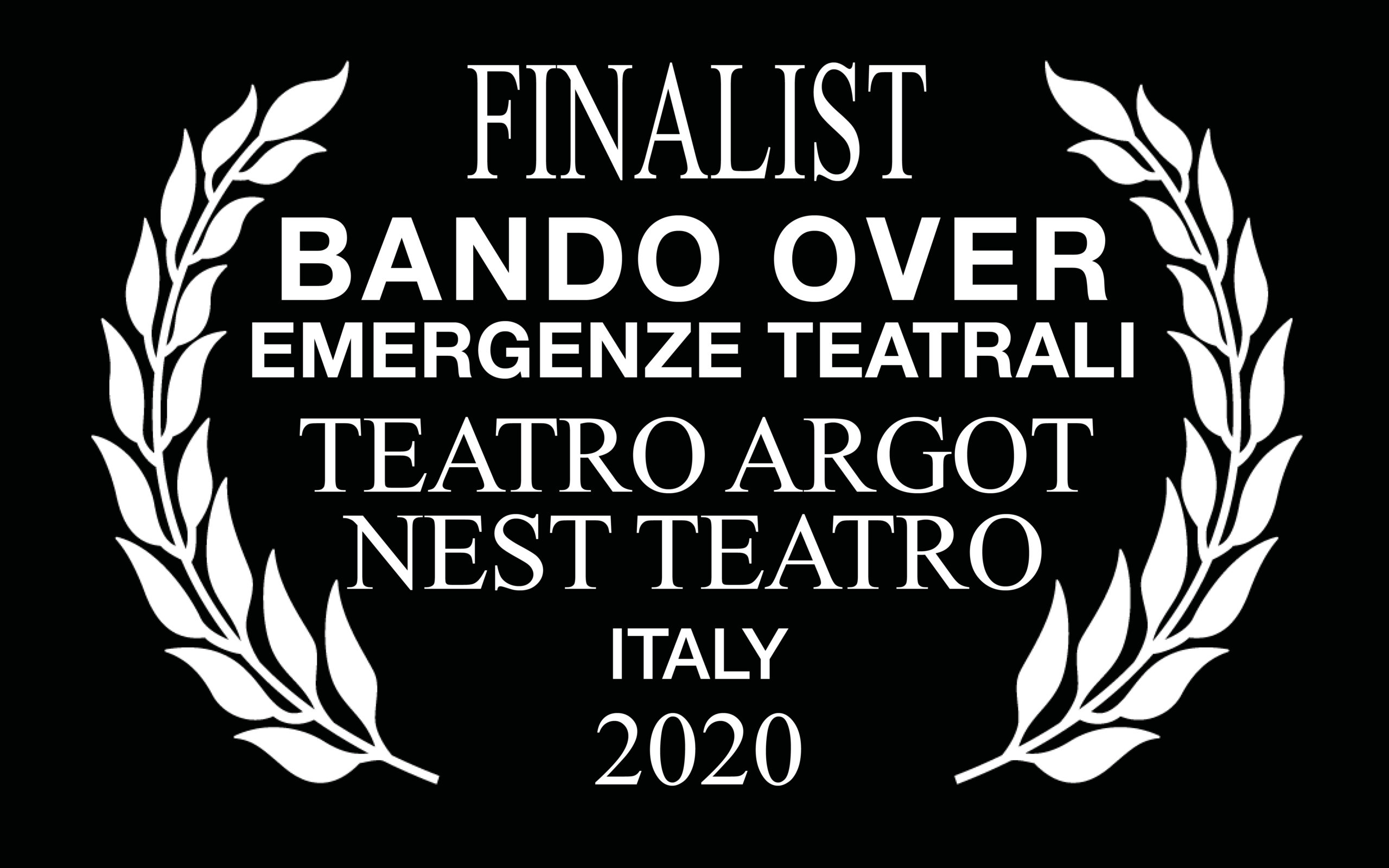Born Ghost
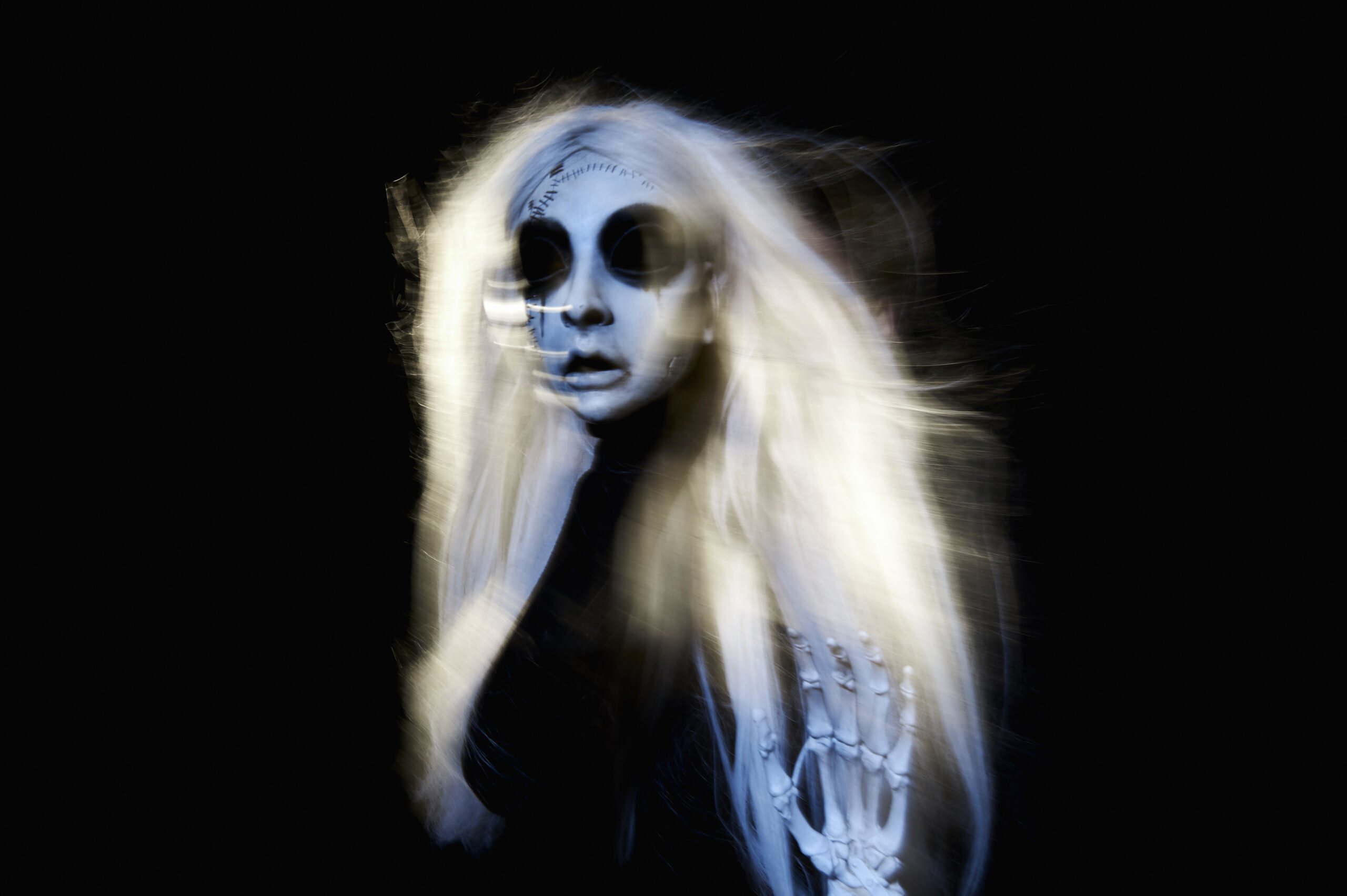
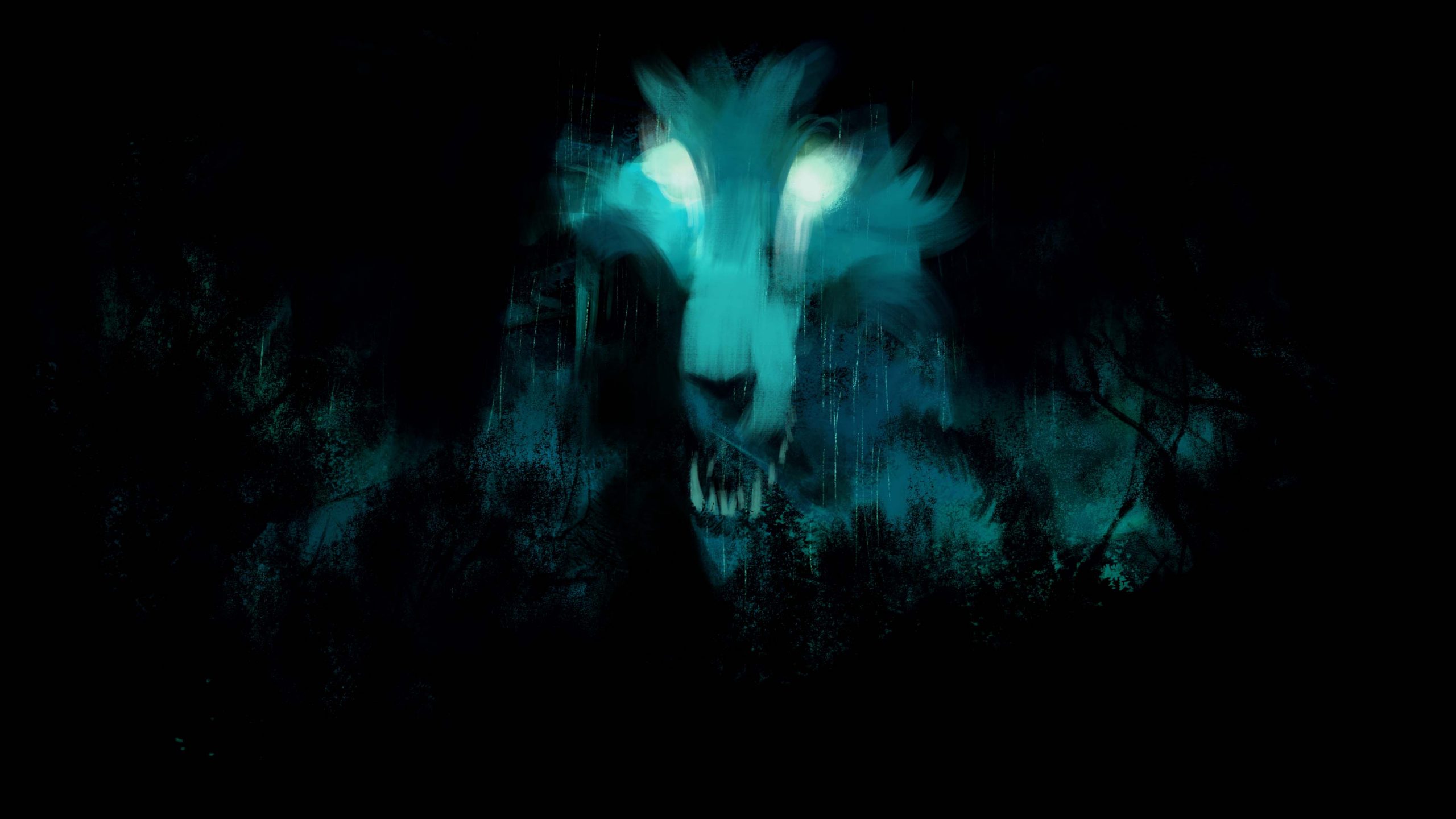
What is said about us
Rarefied images among dreams, nightmares and a reality lost in time, a reality that merges with the legend. “Born Ghost” is technically a great work on the performative side and on the puppet use, while on the content side it's a shock, a complaint about diversity and about the dynamics that the group, the herd, the majority carry on, since ever, to stigmatize, alienate and marginalize who seems to be stranger to the system due to some small or big differences, being those physical or temperamental. A poor theatre with few objects that becomes magnificent and magical. It’s a game in a game, somewhat scary and mysterious, which refers to shadow theatre as to traditional Japanese masks, where the unspoken is a lot more solid and present than the exhibit.
(TOMMASO CHIMENTI; Reviewed | culture and entertainment daily)
A SHOW FOR WHO FEELS HIMSELF DIFFERENT
Trailer Born Ghost
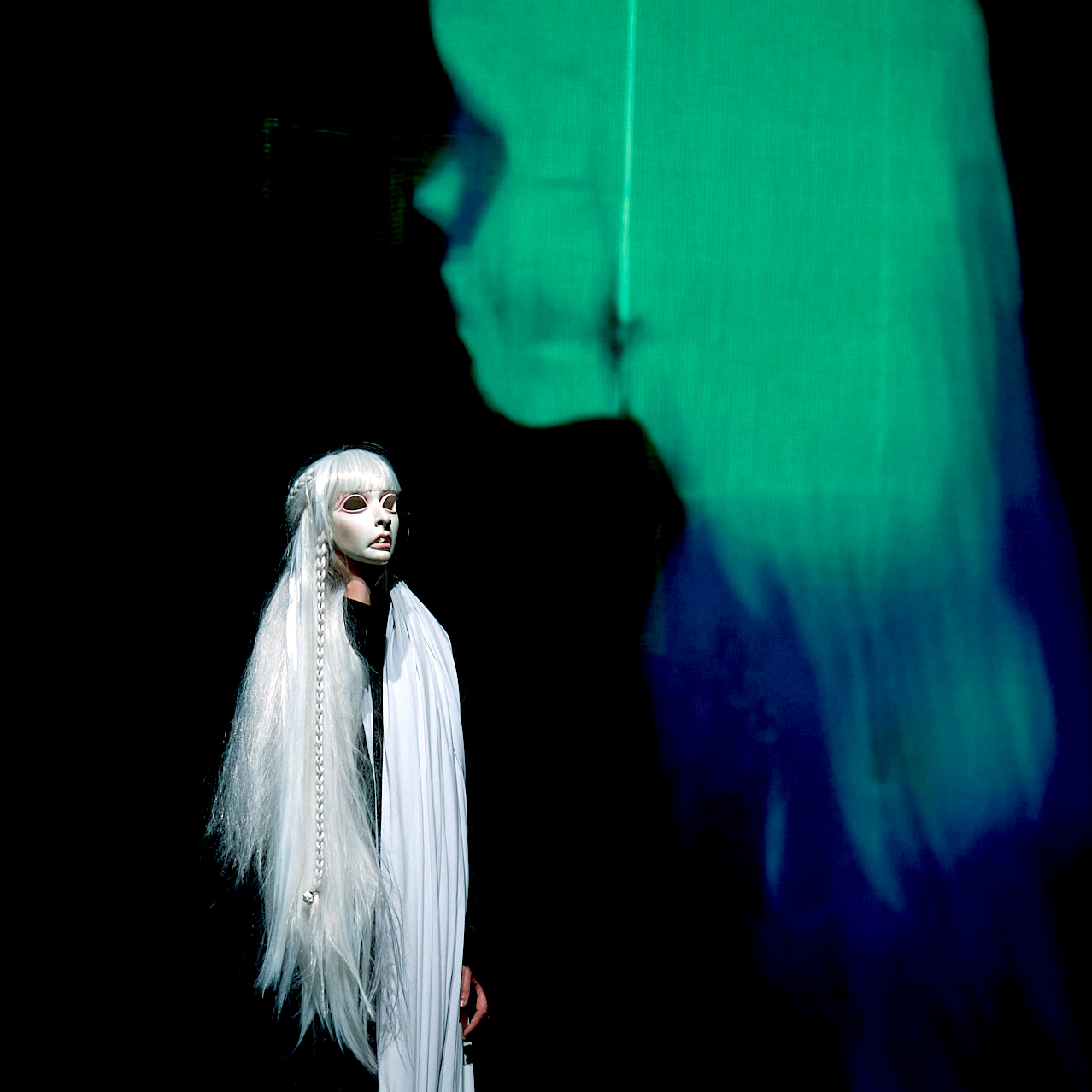
Synopsis
A black show, at times frightening, but also moving and delicate. A poetic reflection on diversity and isolation that, through figure theatre and video art, stages the Legend of the ghost of Azzurrina, the daughter of Costanza Malatesta and the feudal lord Uguccione, who disappeared in 1375 under mysterious circumstances in Montebello, in the province of Rimini. The girl was a ghost, in any case, already a ghost in life: she was discriminated against because she was albino and locked up in the castle by her own family. A tragic and dreamlike story about differences, which then as now are always frightening, but it is also a hymn to freedom, which is in itself a fight against ignorance and prejudice.
LANGUAGES
Body puppets and video art meet to give life to a work in between theatre and animation cinema. The charm of handcrafted production is combined with the visual power of digital technologies, creating a 'fifth dimension' on stage in which puppets manipulated on stage coexist with digitally animated figures.
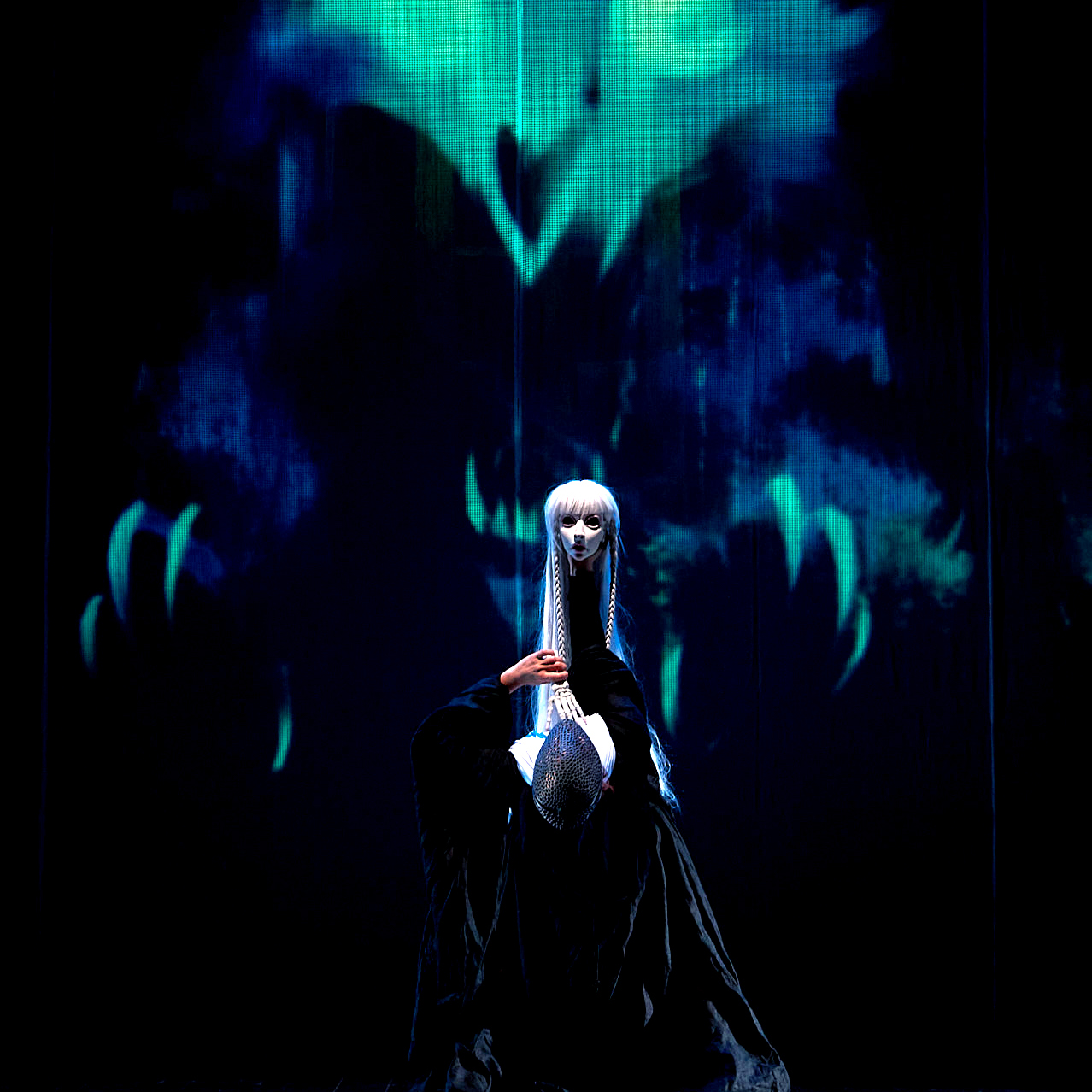
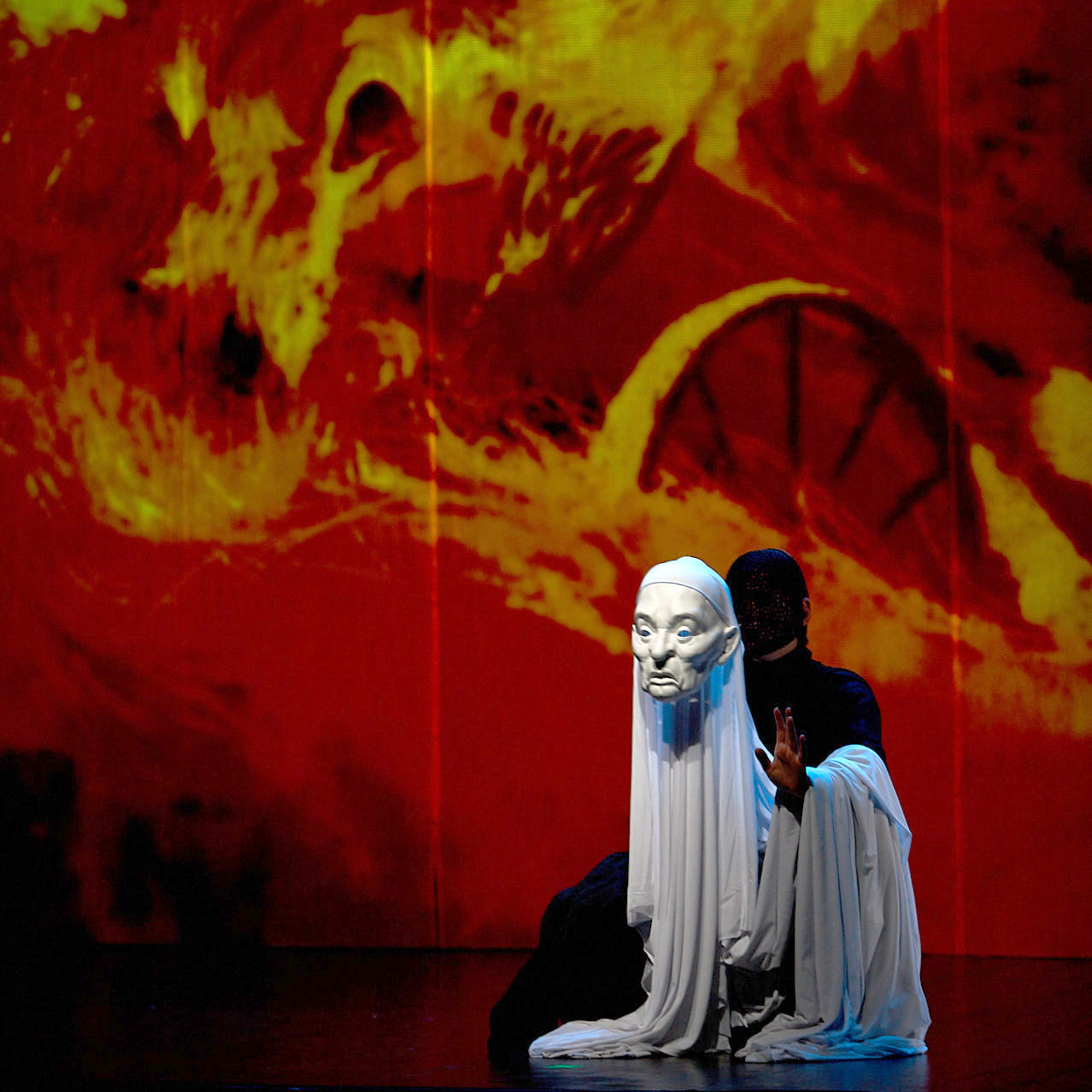
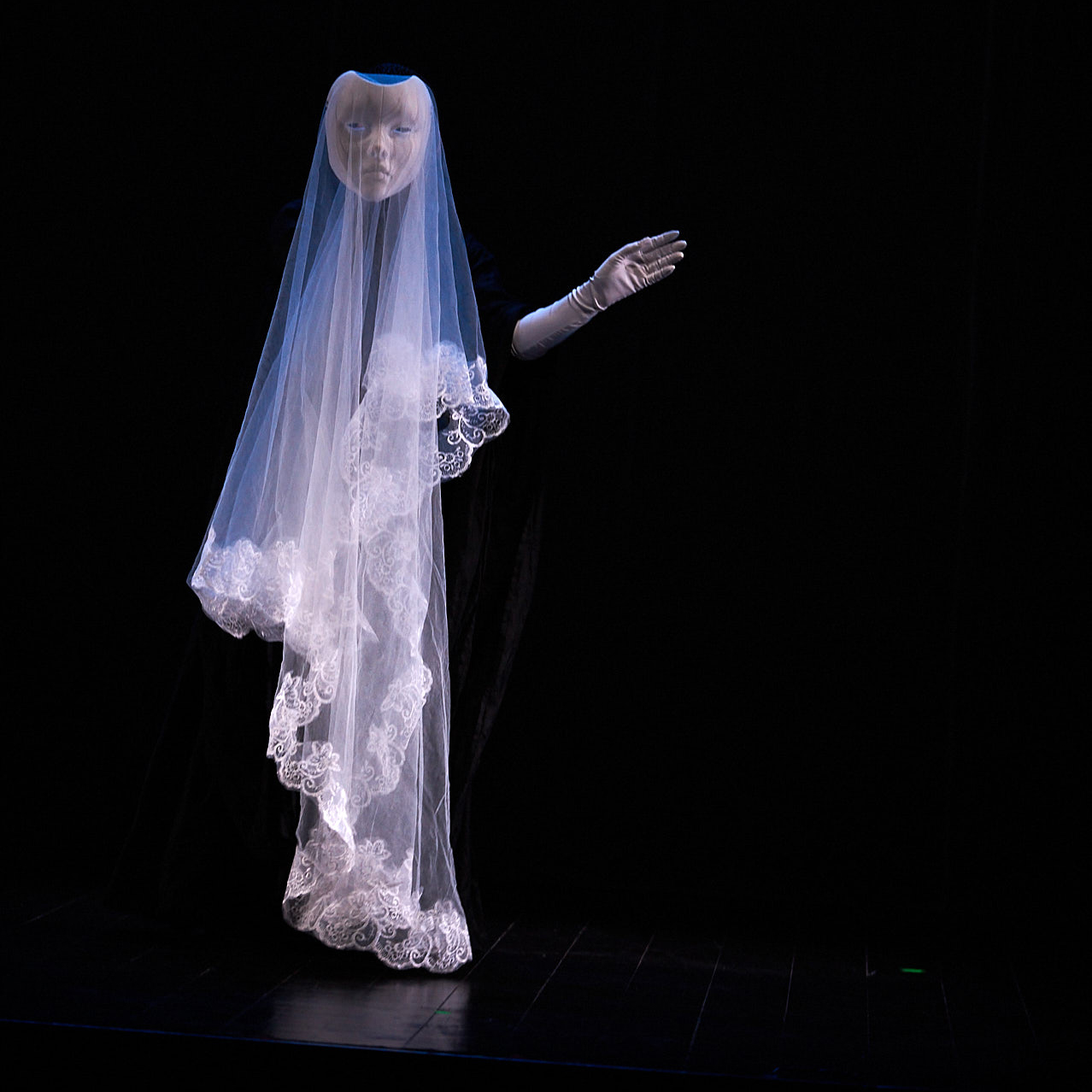
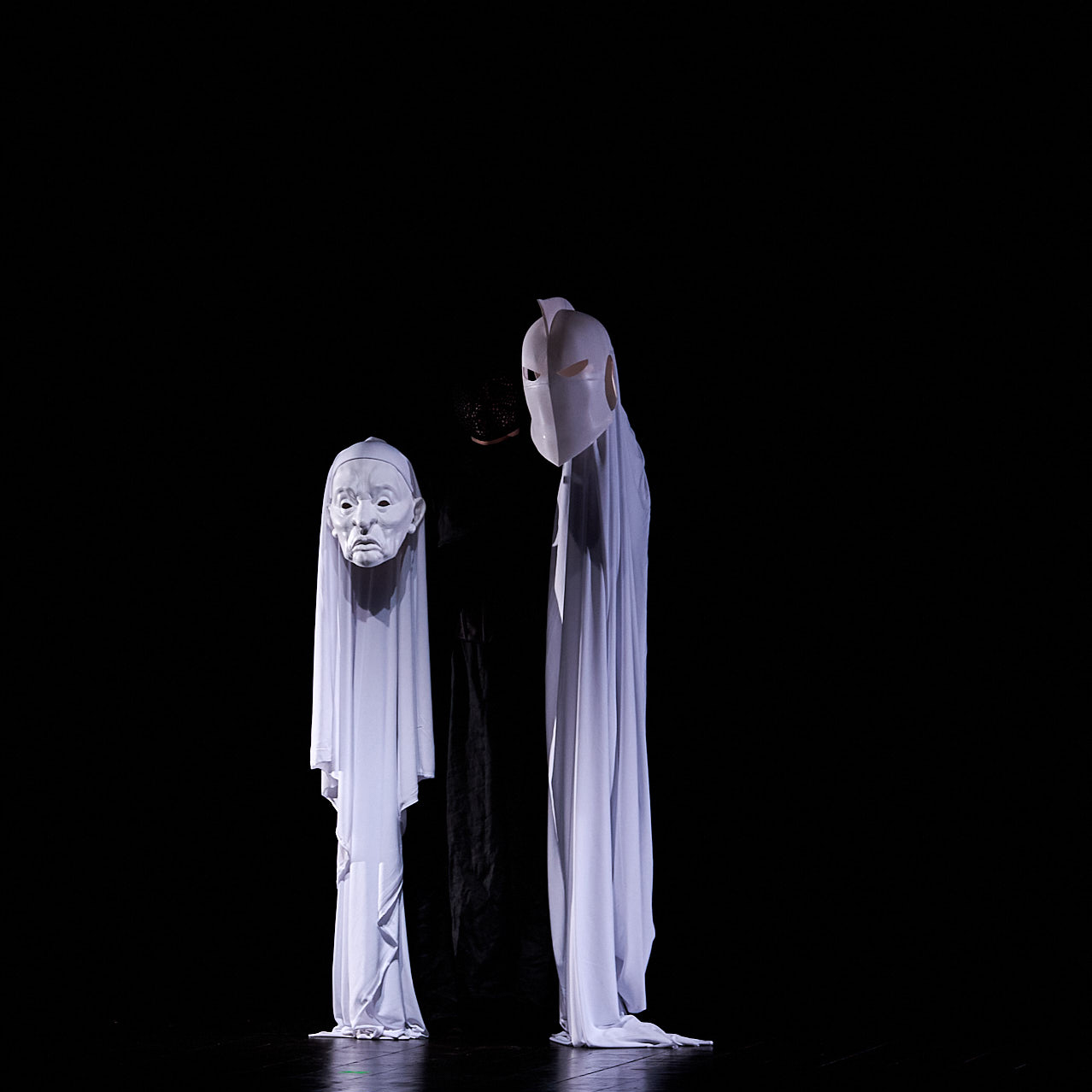
BODILY PUPPETS
All the puppets, created using the 3D printing technique, come to life from the dimension of memory, from a past that becomes a nightmare and is embodied in legend. And it is precisely for this reason that all the characters are nothing but ghosts: in death, all those who, in life, had considered Azzurra different because of her albinism, have become exactly like her, completely white, like faded memories. What emerges is the search for a formal essentiality that, recalling the stylistic features of the Japanese theatre, creates the perfect counterpoint to the chromatic explosion and baroque plurwimorphism of the digital habitats.
DIGITAL HABITATS
Il videoartista Cosimo Miorelli ha creato animazioni di enorme impatto visuale ed emotivo rappresentando la vita e la morte della bambina in chiave onirica e metafisica. I paesaggi emergono dal buio come reminiscenze di una vita lontana, mutano continuamente in echi di ricordi e frammenti di sogno. I colori divampano all’improvviso con la forza di pensieri dolorosi e le immagini si tramutano l’una nell’altra plasmate da una stessa materia, da una stessa memoria. Il bosco diventa un cervo, il teatro si trasforma in un rogo mortale, il fiume muta nel volto diafano di un’annegata, in un gioco di metonimie visuali e analogie cromatiche che creano un contrappunto visivo ed emotivo alla narrazione.
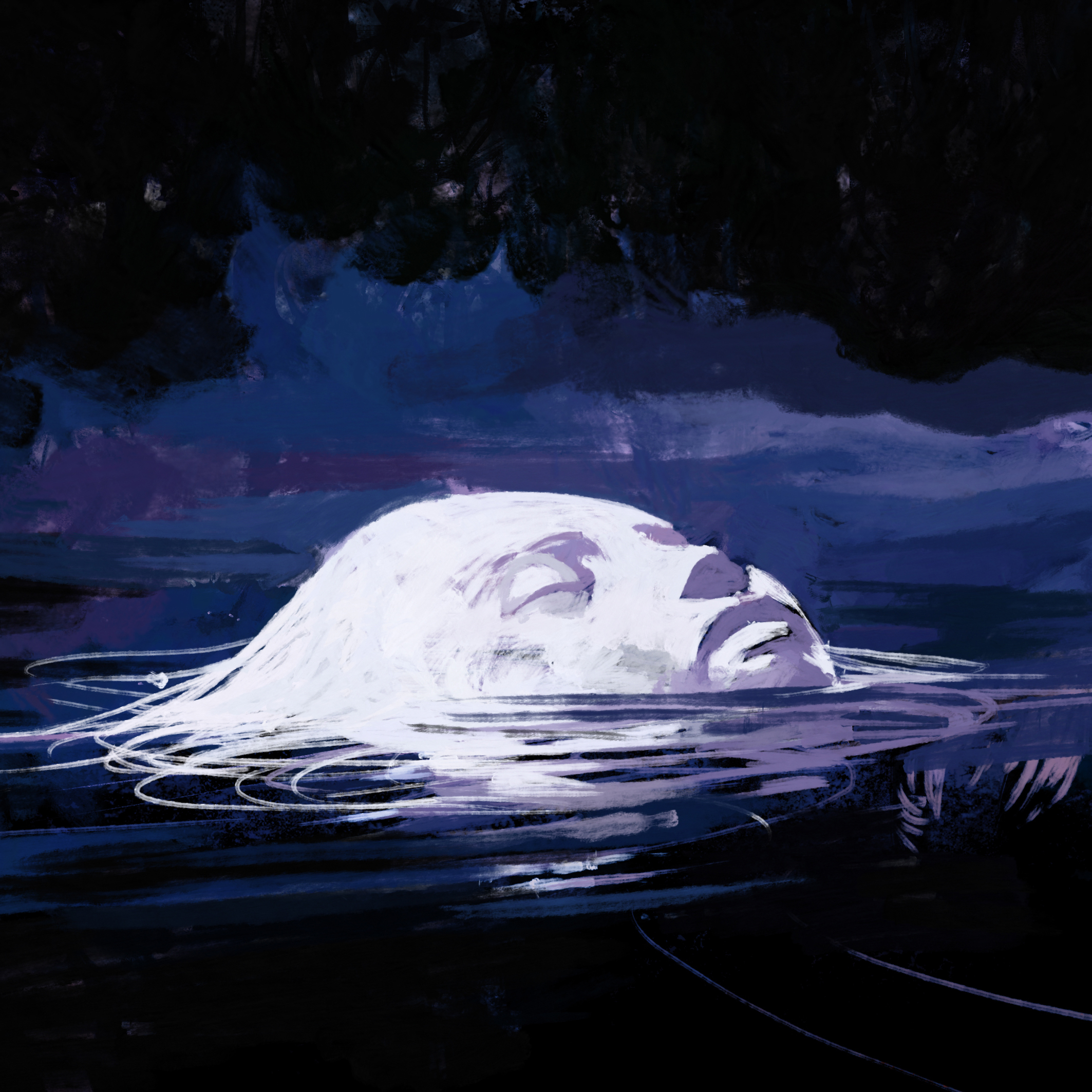
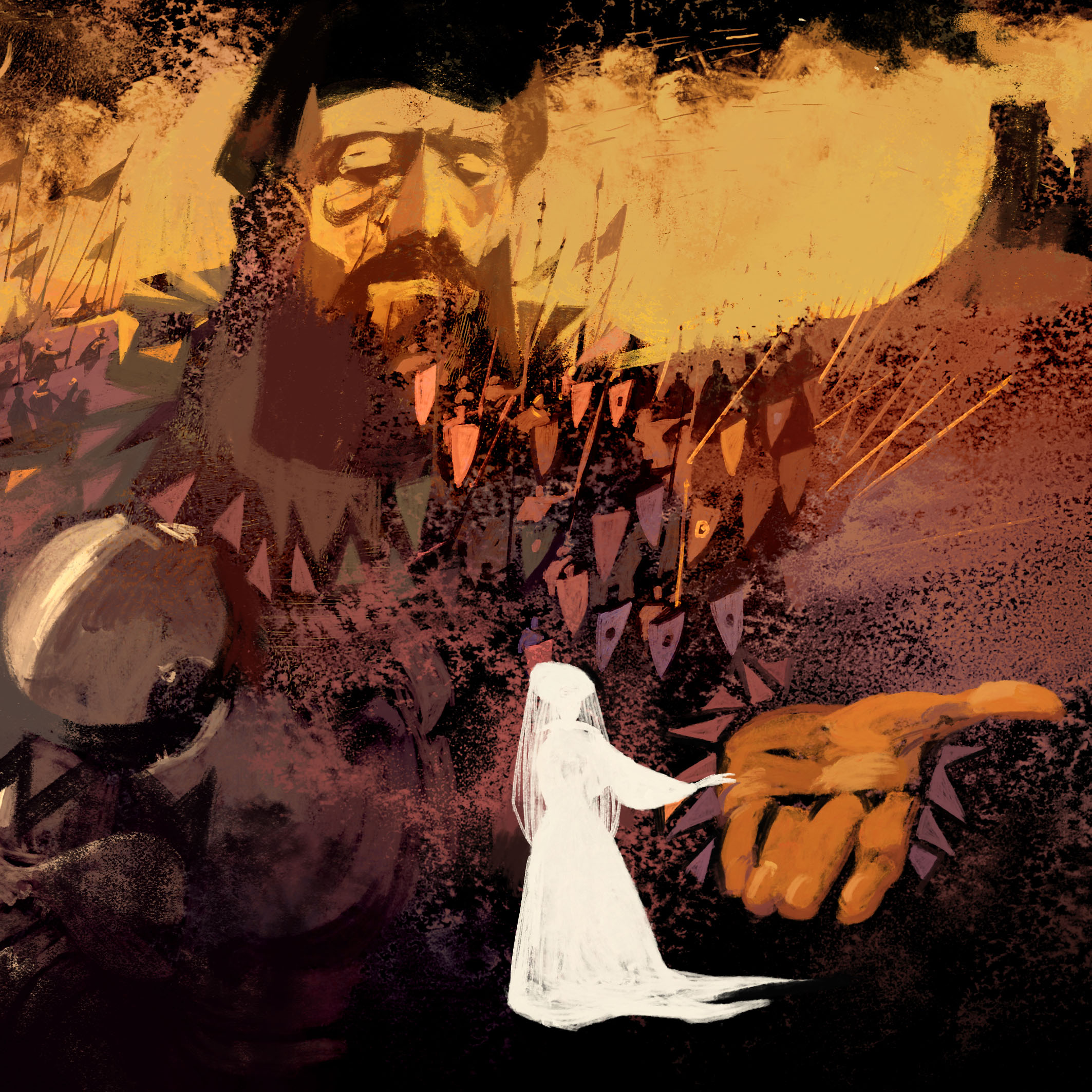
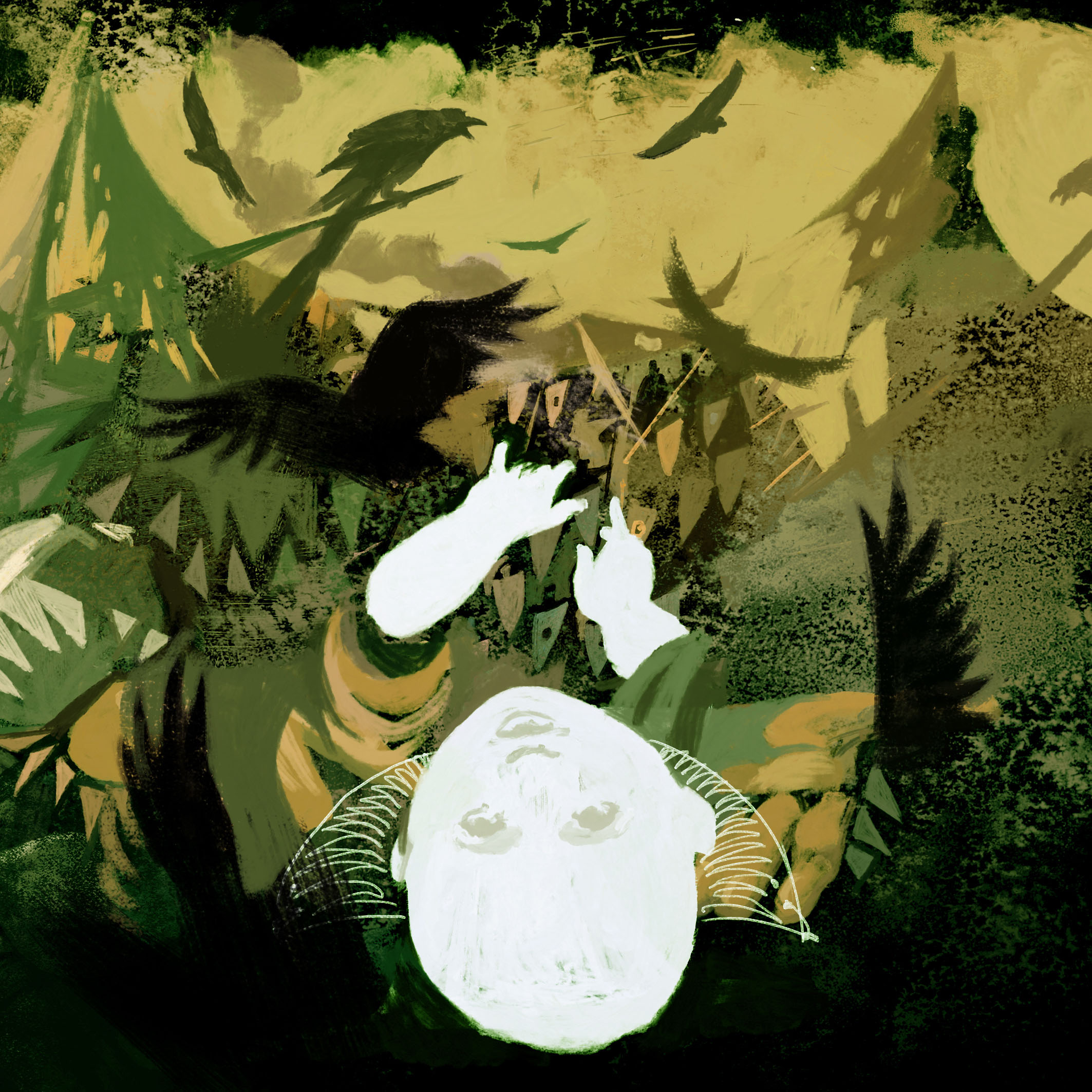
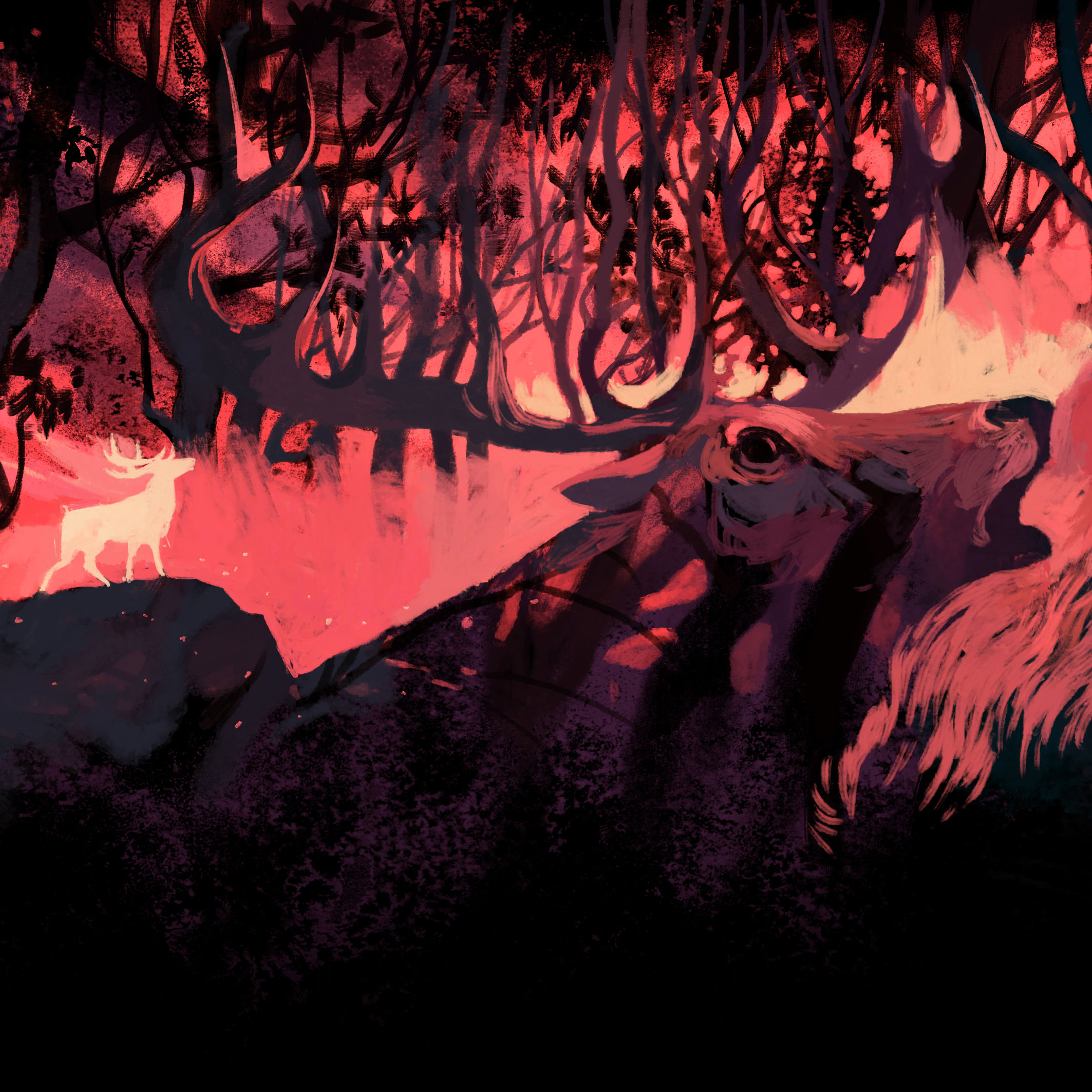

SOUND DESIGN
Soundscapes of rare refinement were masterfully realised by composer and musician Stefano Bechini, who worked on man's relationship with loneliness and diversity; creating an electro-acoustic concert for piano, musical saw and cello. Part of the recordings were performed in New York in collaboration with internationally renowned musical saw player Natalia Paruz.
Awards:
'Best original music score' 2016; Valise International Theatre Festival; Poland.
SCENOGRAPHY
The work carried out on the scenes is based on a reflection on the sense of emptiness. The metal frame of a tower holds up a window, which has been eroded by time and by Azzurra’s sufferance. The window keeps reminding us of the separation between the inside and the outside, between life and death which the child’s ghost walks through and destroys. The transparent walls, which are not there but can just be perceived through the black shadow of the hollow tower, represent an invisible prison which can not be escaped from, just like any other mental fortress.
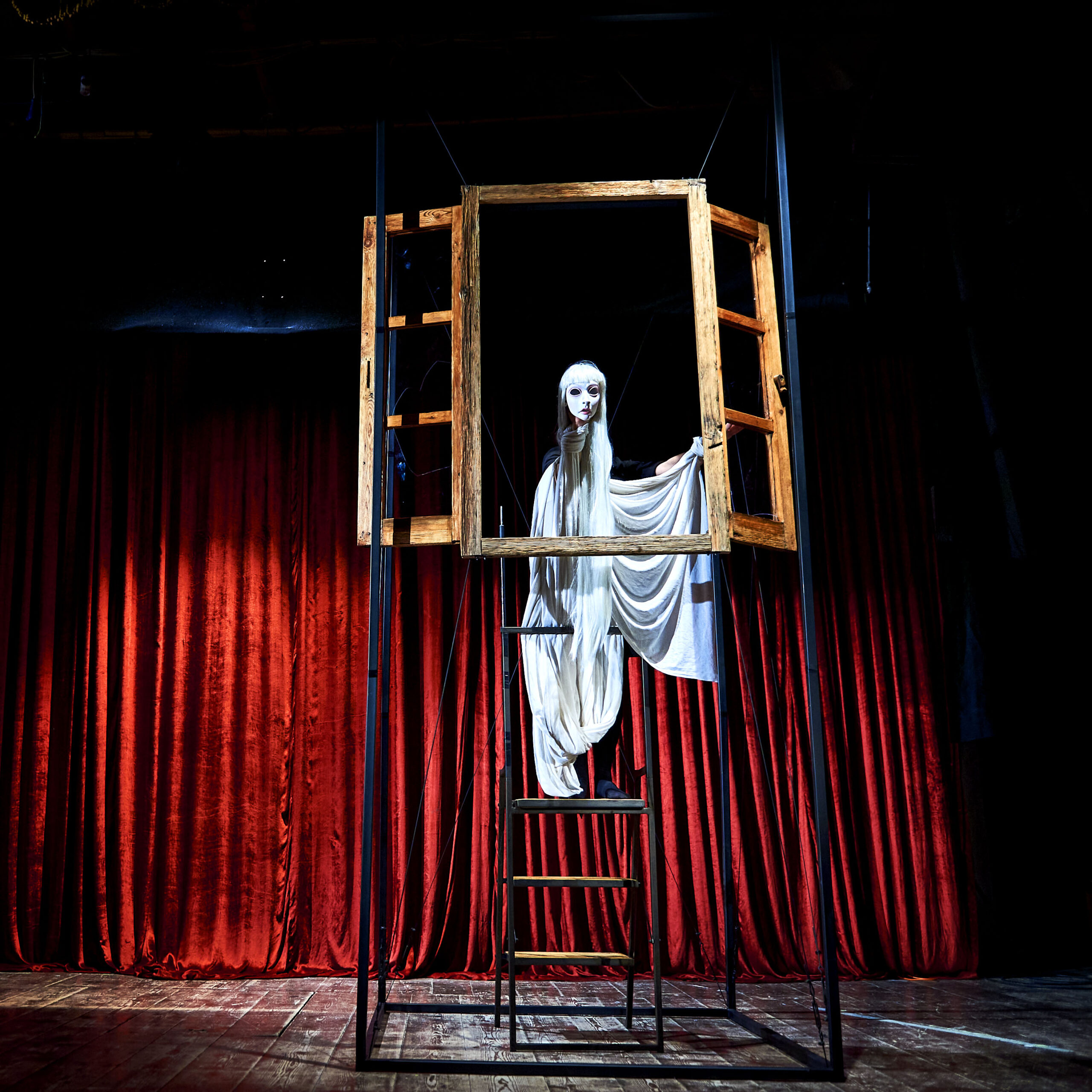
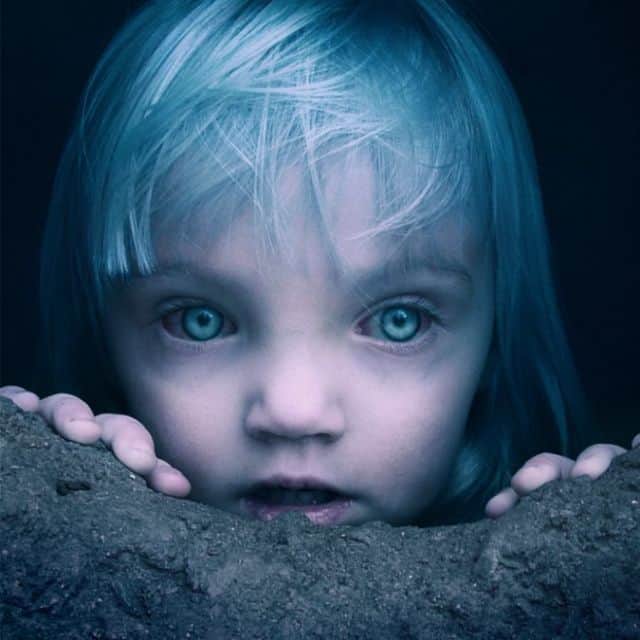
THE LEGEND
The legend of Azzurrina from Mondebello is a popular one, which has been handed down for centuries Italy and which, like all the other old narrations, finds its counterparts in various parts of the world. The legend derives from real facts and real people. Adele, whose existence in the second half of the 1300 was proven, was persecuted right from her birth by the village inhabitants due to her albinism, as they considered her a witch or even the “devil’s daughter”. To disguise her diversity, her mother tried to dye her hair using natural dyes, but the blackness of the vegetal pigments on Adele took on celestial hues. The child thus became Azzurrina and the rumours of the people just kept increasing, while in Italy the pest broke out and the Inquisition was becoming more and more powerful.
ALEJANDRA PIZARNIK
Apart from Azzurrina’s voice, that of another woman can be heard, who, just like Azzurrina, lived in isolation because of her diversity. Alejandra Pizarnik, an Argentinian poetess, committed suicide in 1972 when she was only 32 years old. A careful selection of her most beautiful poems is included in the scripts by Brusa, thus enriching the narration with lyrical counterpoints, which sink in the ocean of the subconscious. Through her art Alejandra fought her whole life to claim the right to be herself, looking into the relationship between the human being and death and the lasting bond between life and aesthetic research.
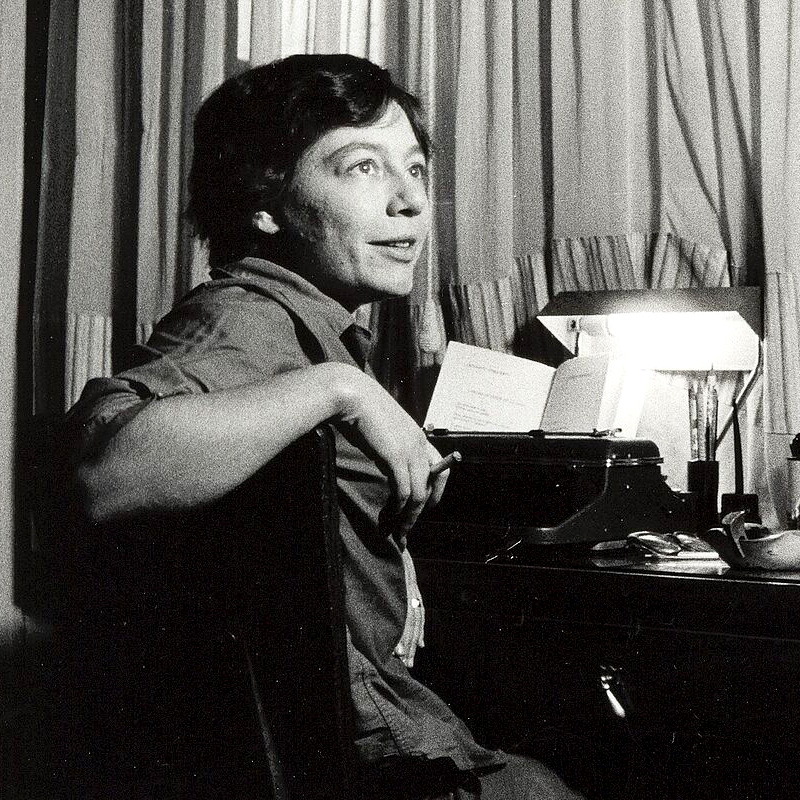

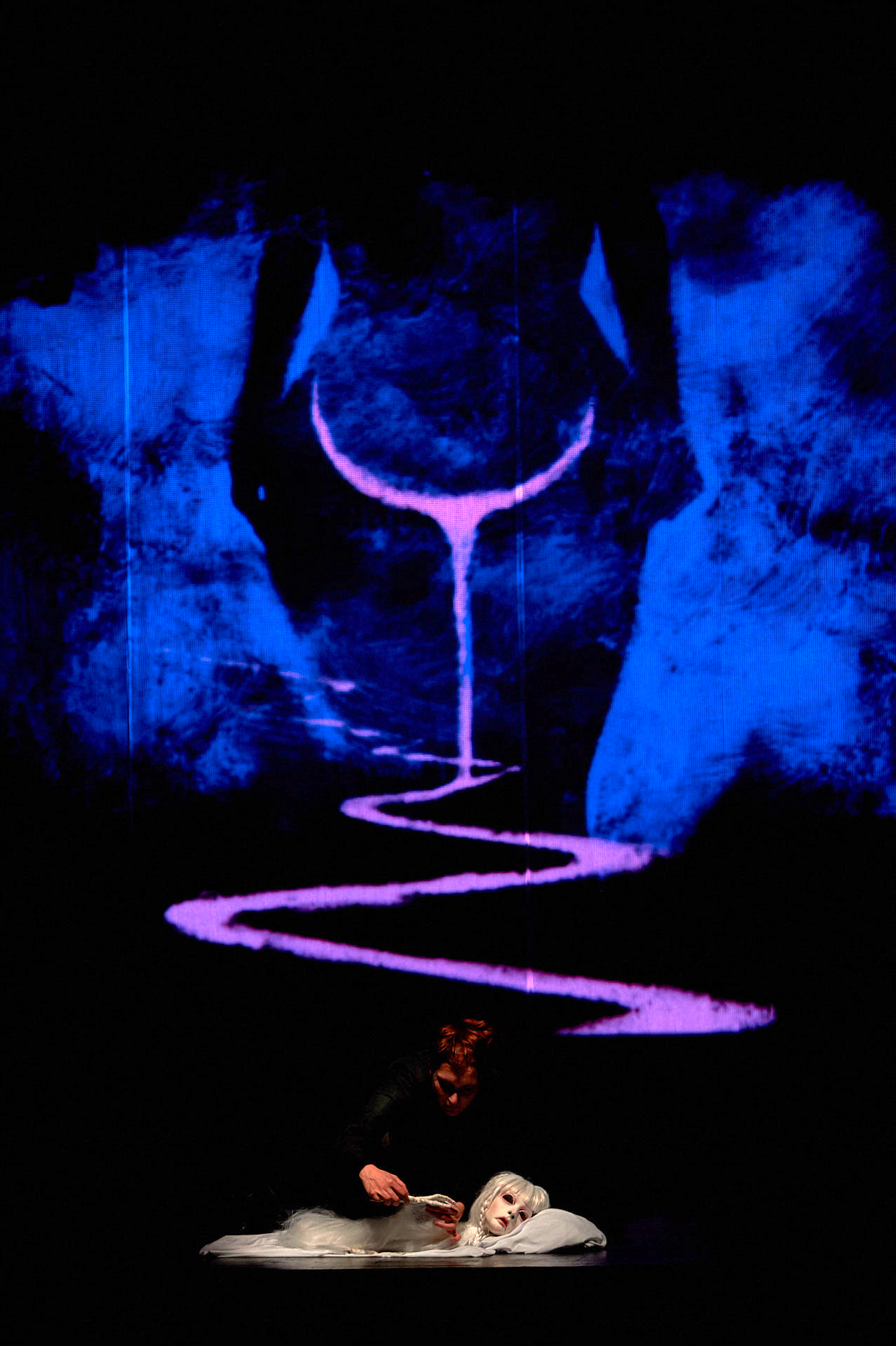
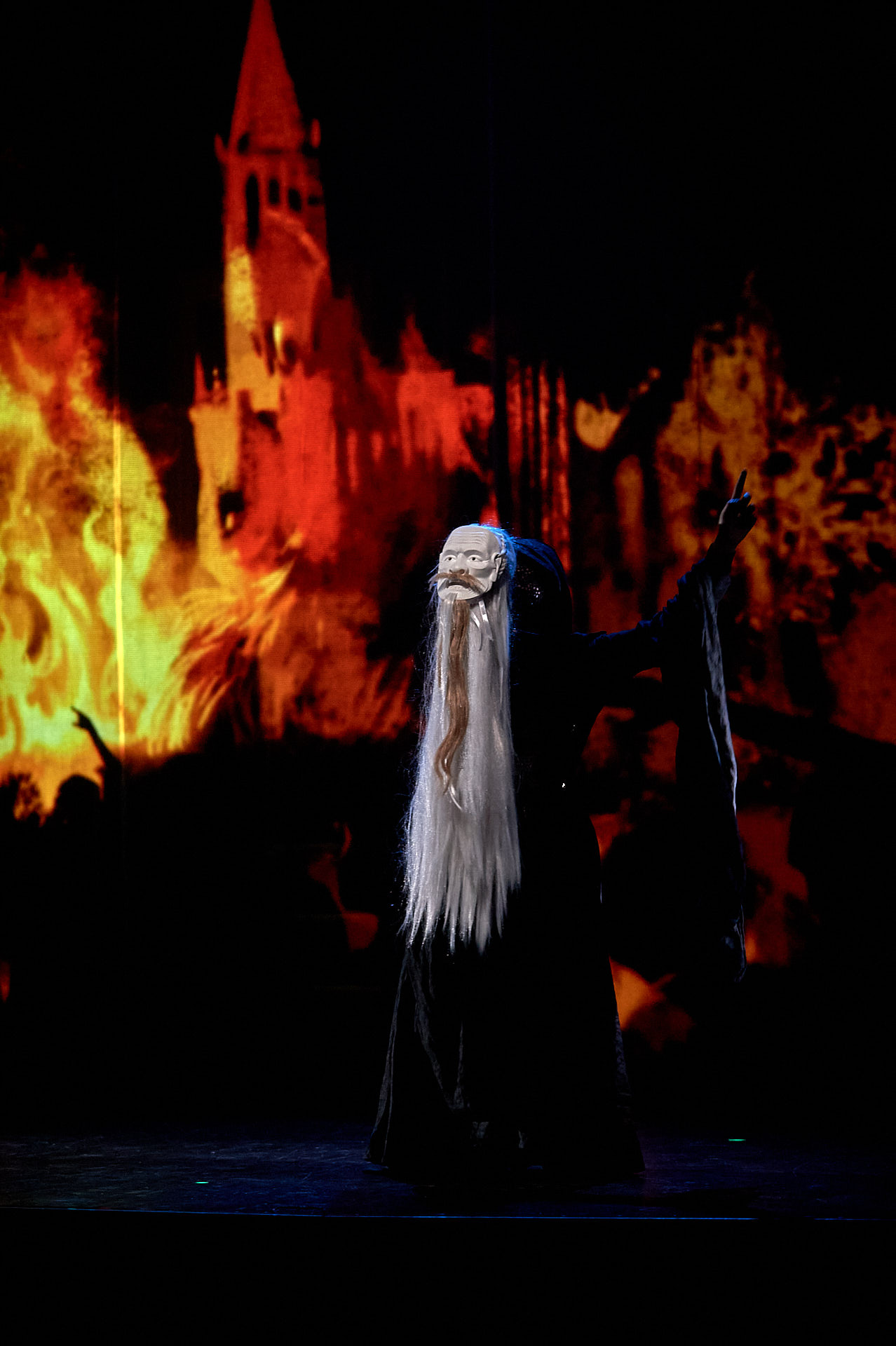
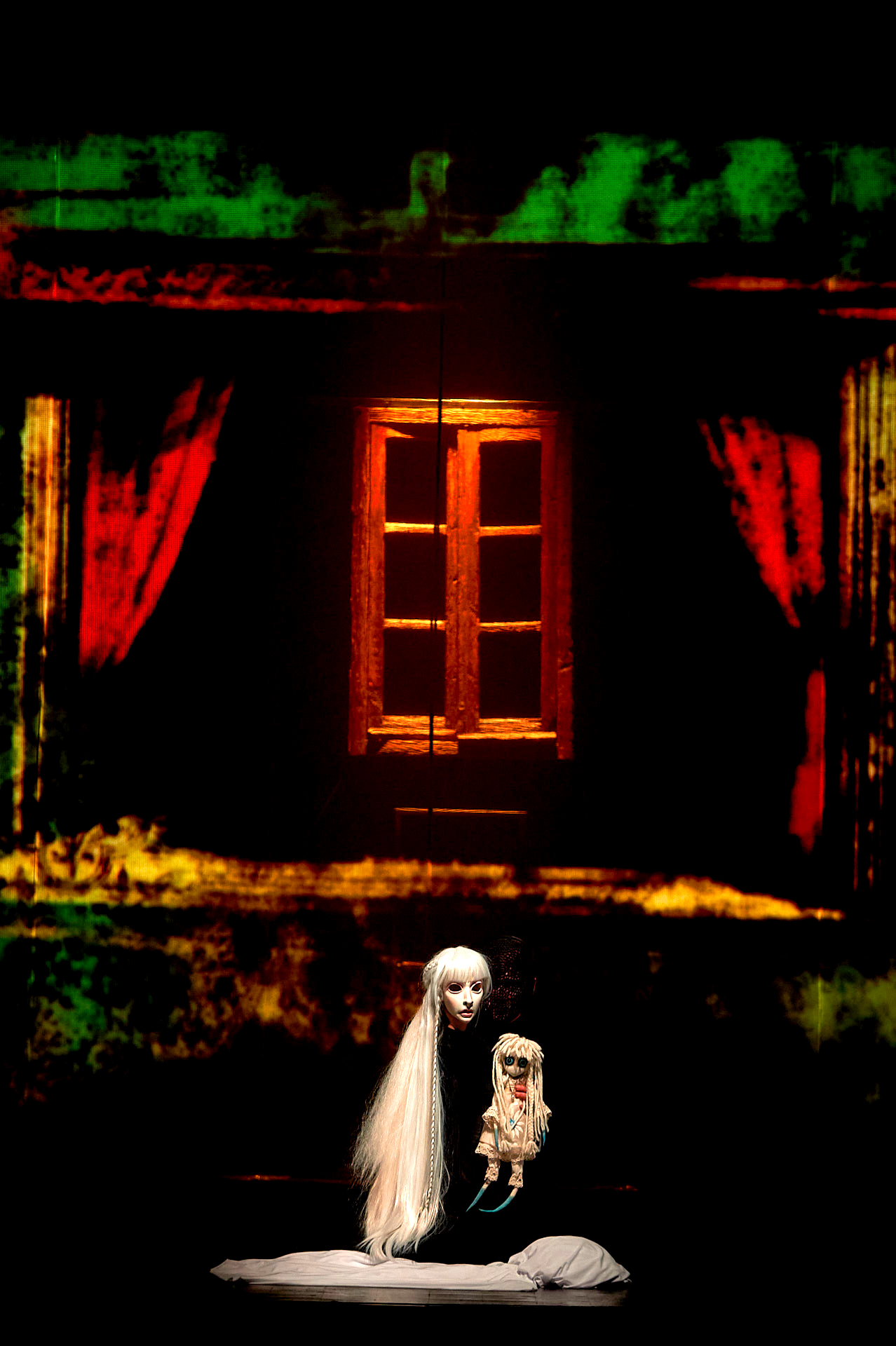
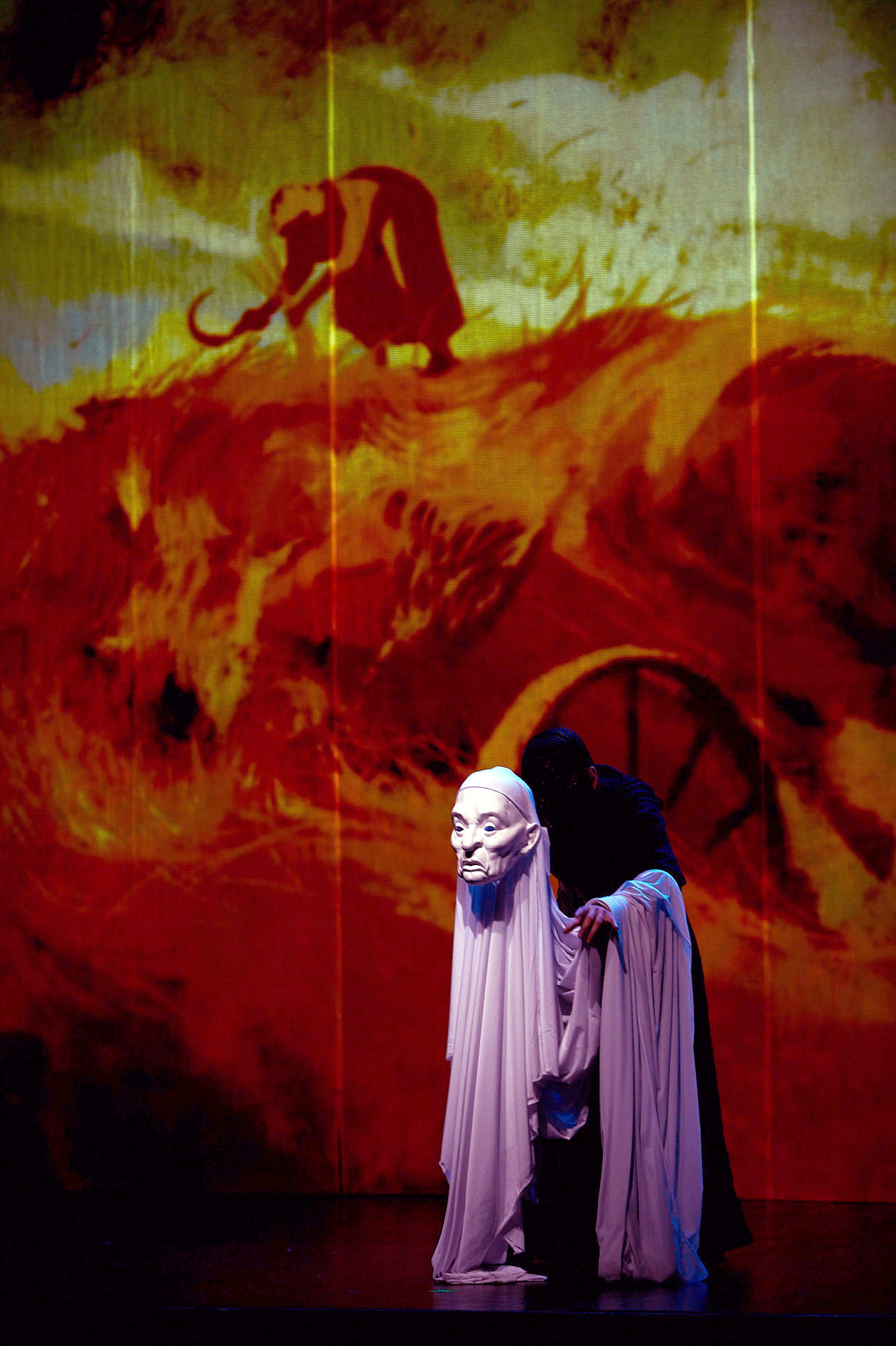
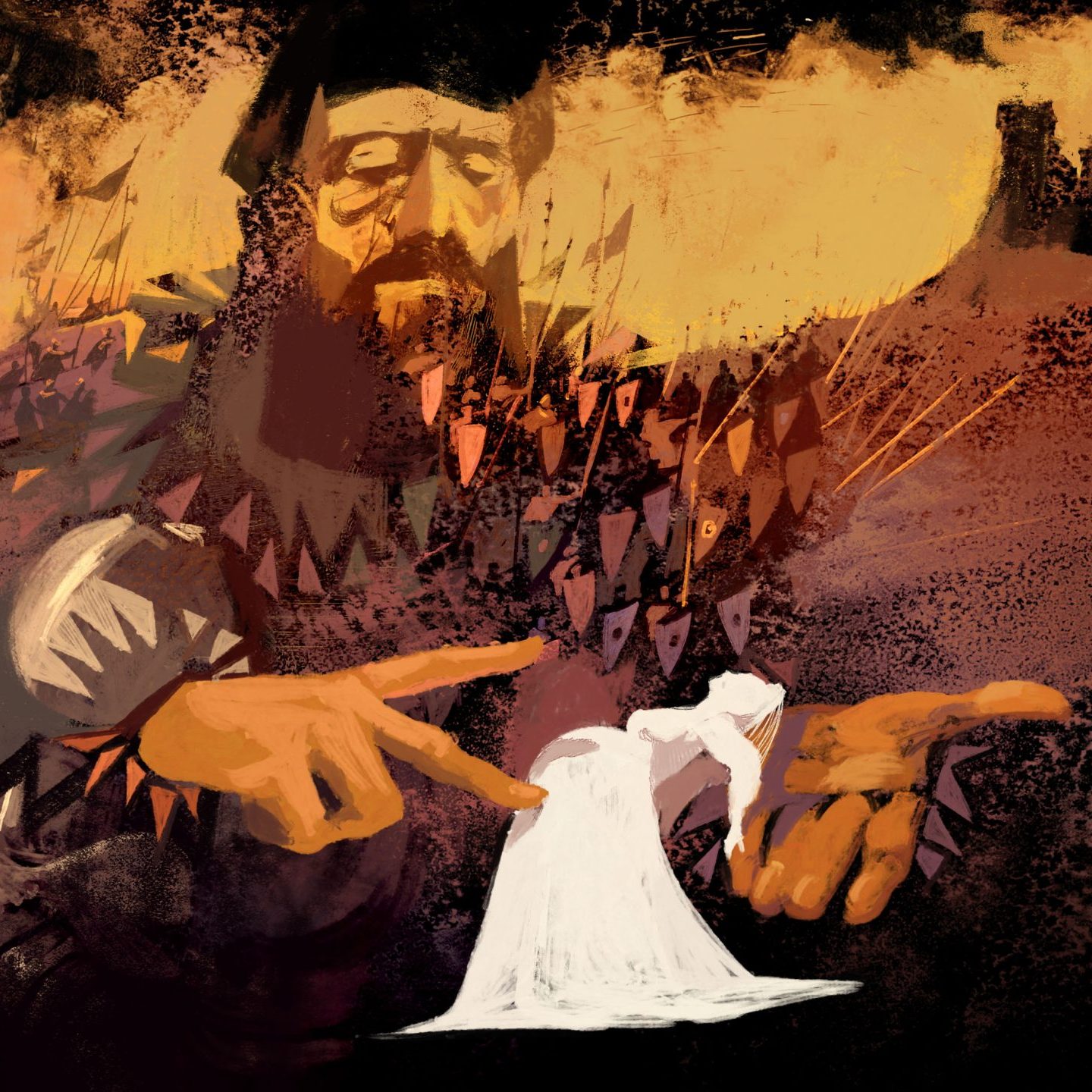
WOMEN AND DISCRIMINATION
The legend of Azzurrina is not only a ghost story, but it also contains a profound reflection on the struggle that, in every era, individuals of all sexes and ages have had to face in order to assert their independence, their personality, their uniqueness.
THE FEAR OF DIFFERENCE
Born Ghost wants to be an act of denunciation against the intolerance of today and always. In Africa, hundreds of albinos are still mutilated and killed every year. The hatred towards what is different takes on ever more subtle and pernicious forms, fuelled by the formless mass of the web and its virtual pyres.
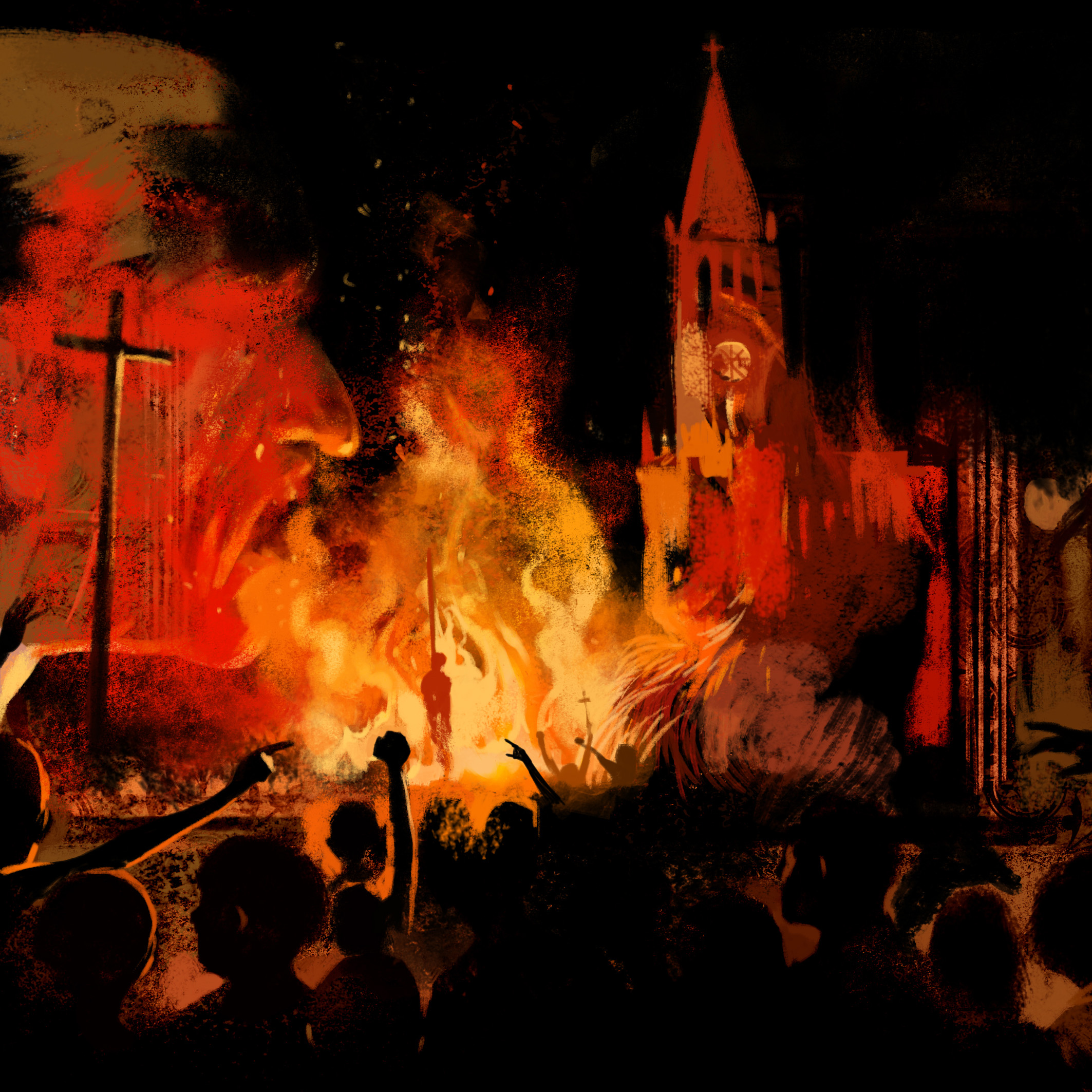
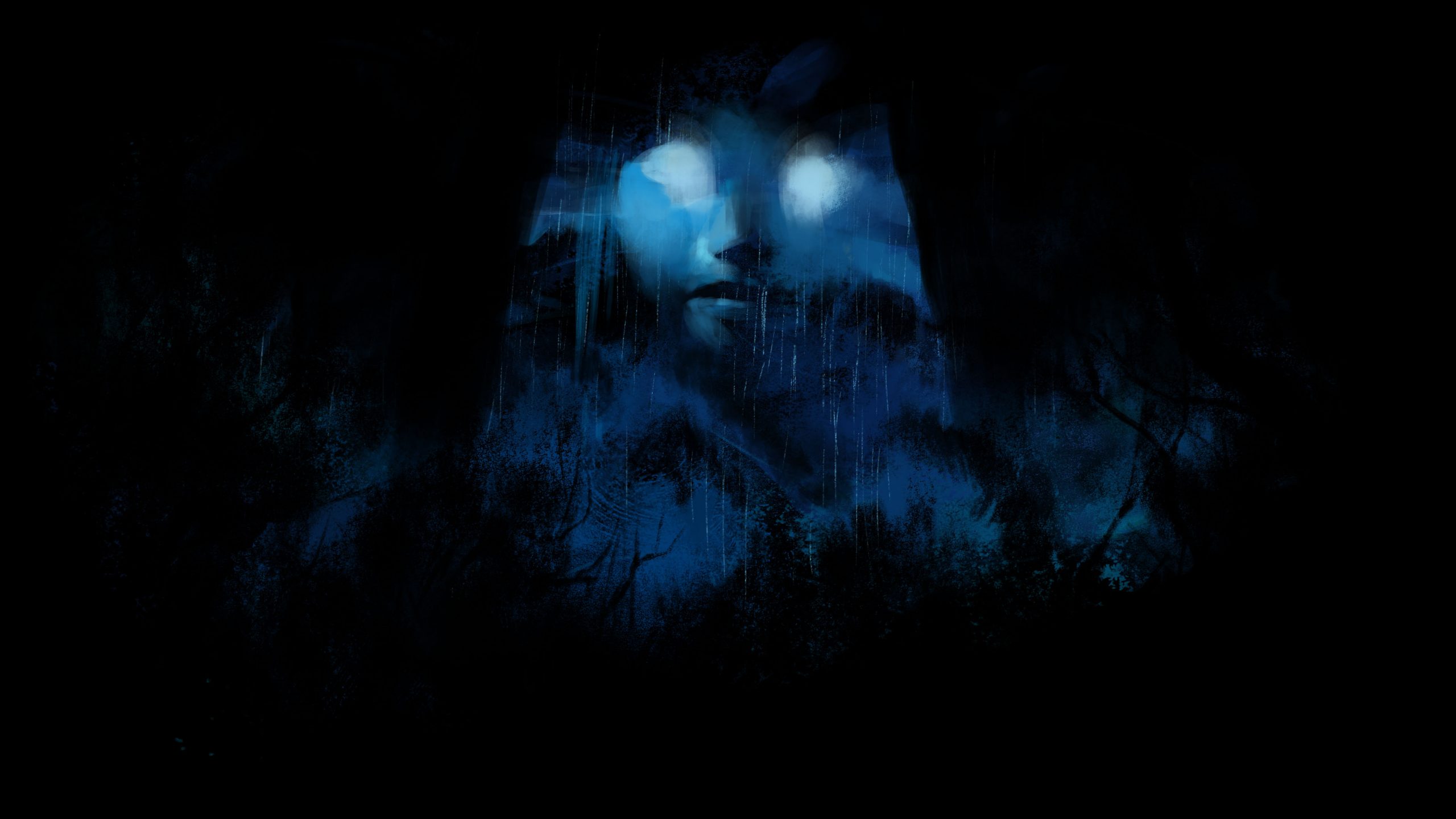
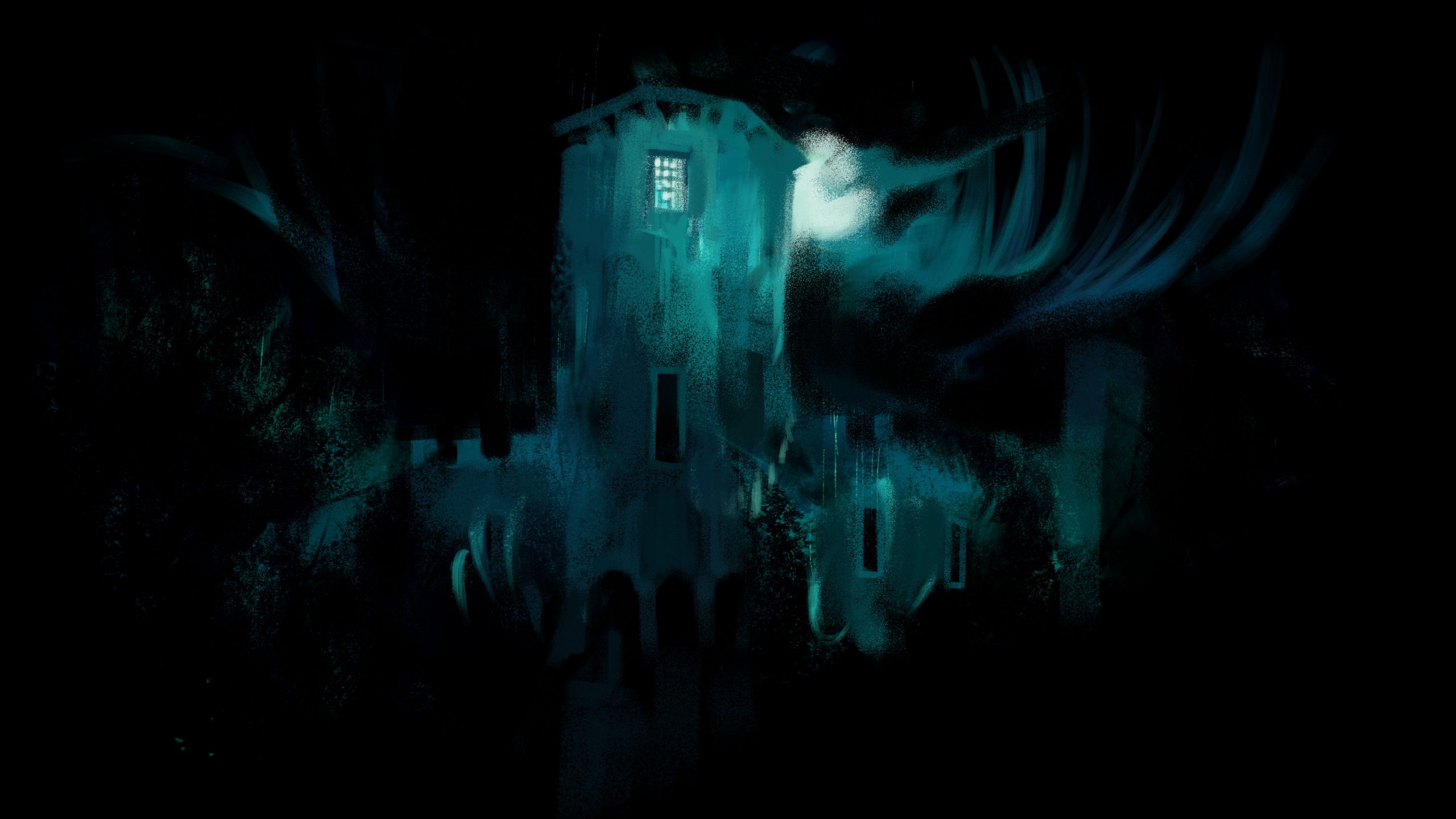
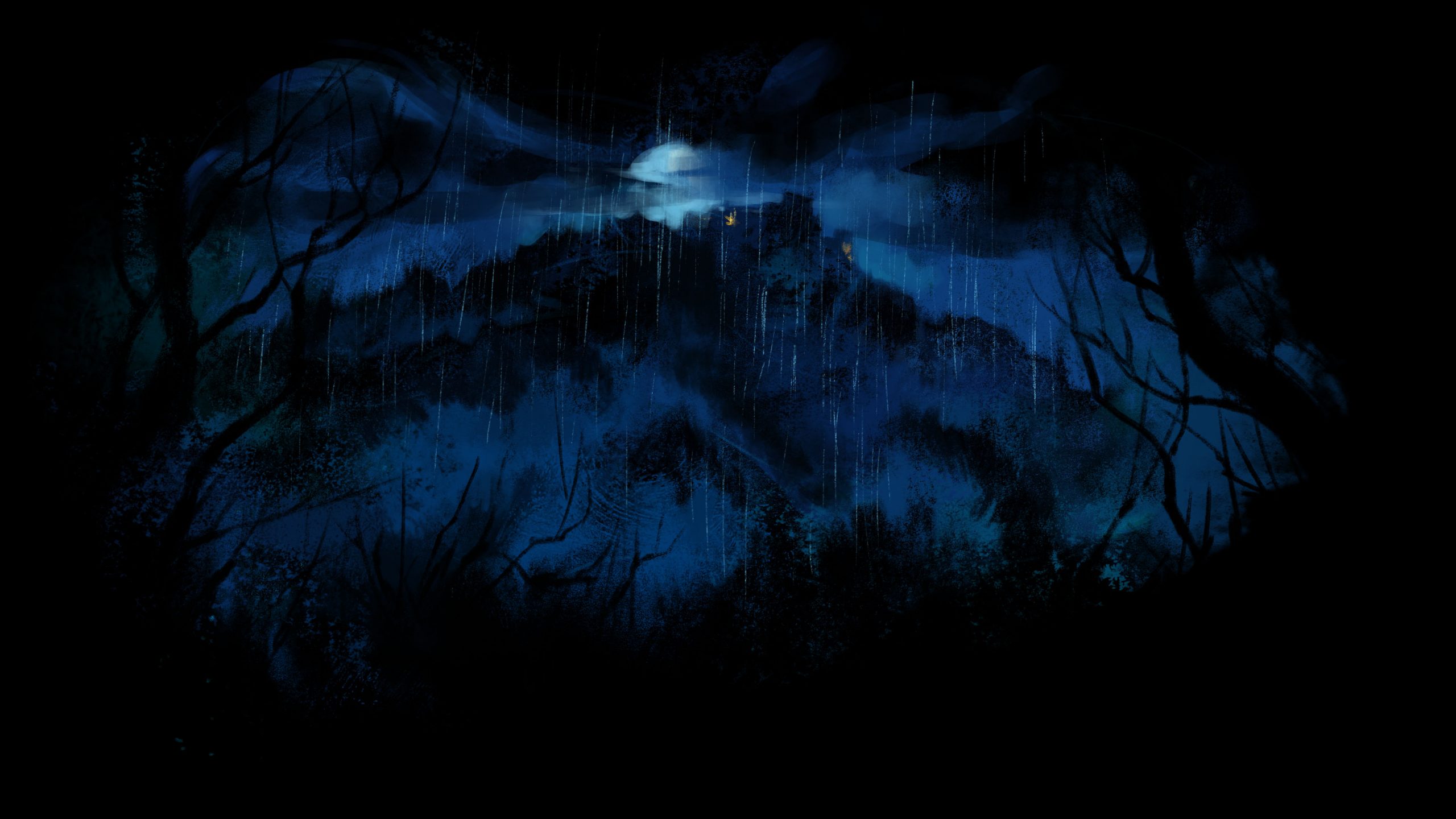
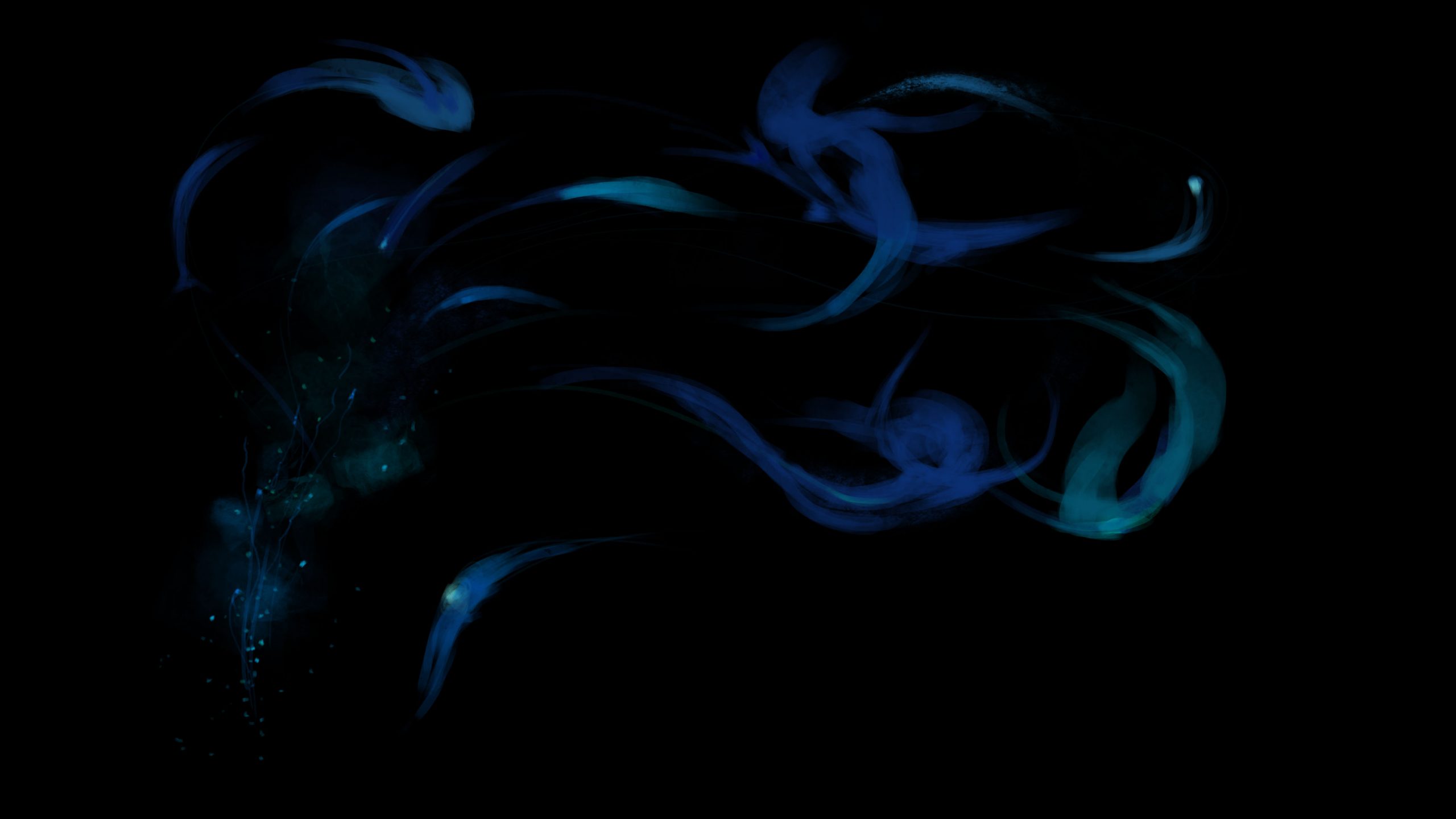
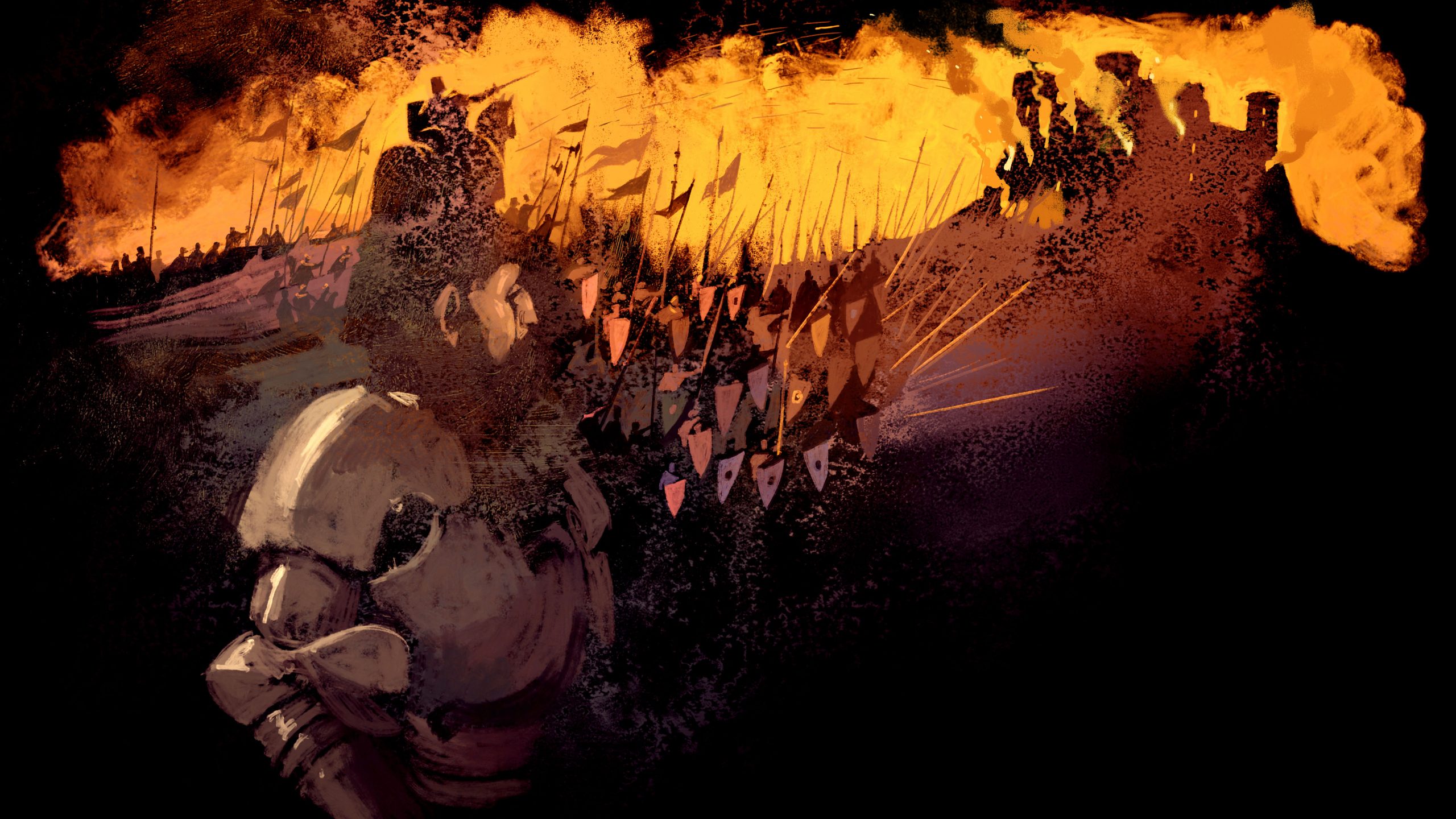
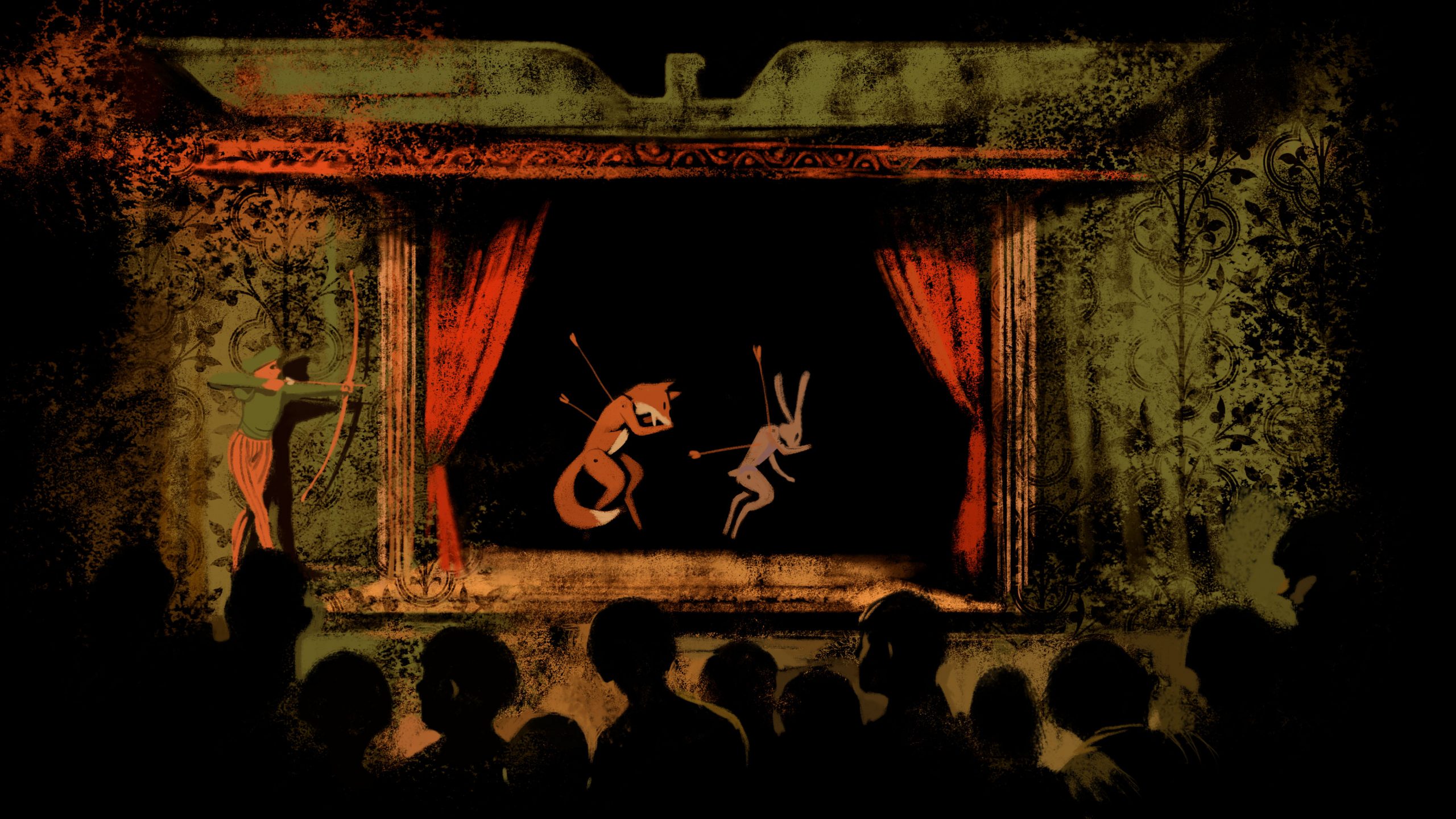
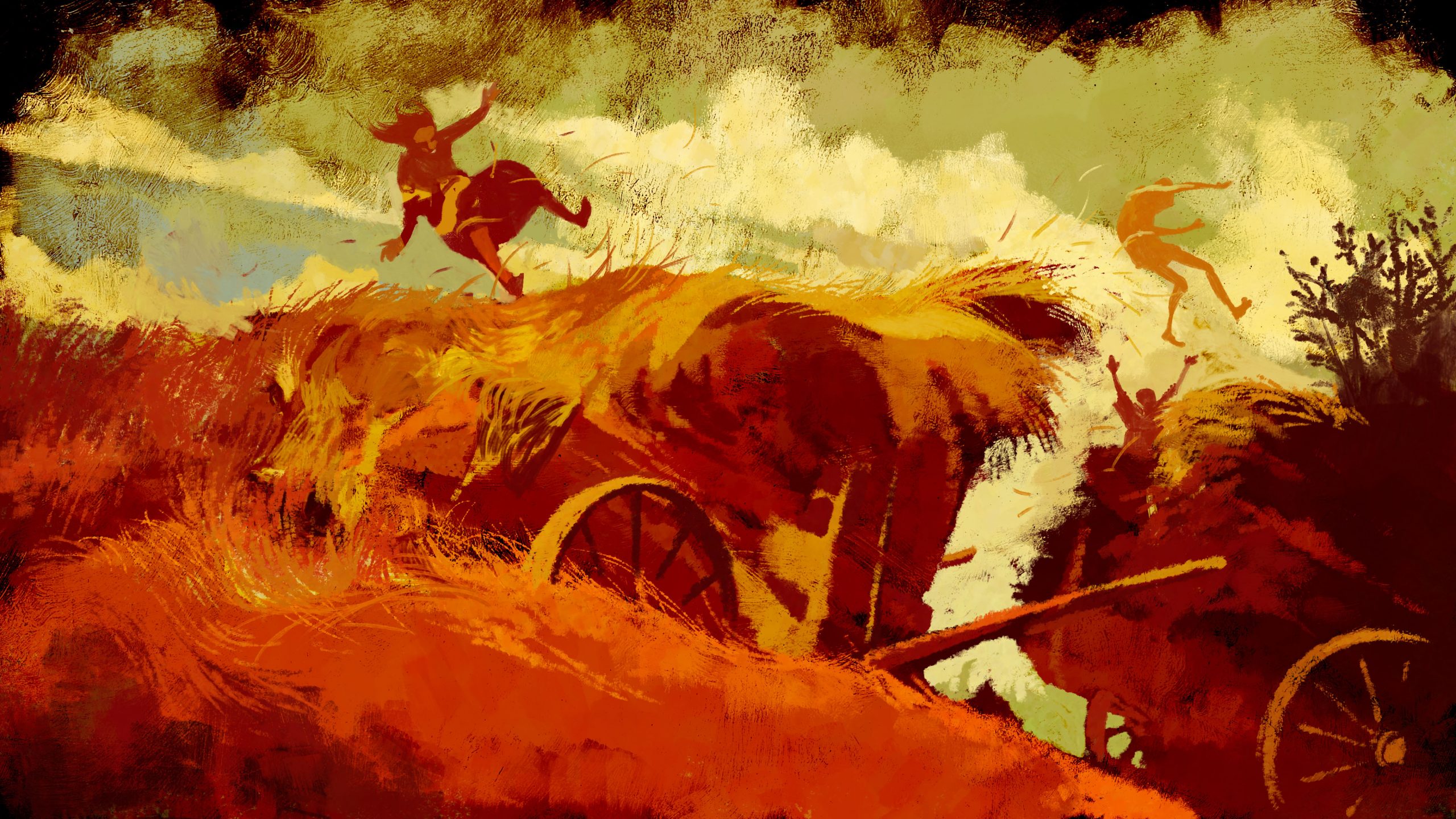
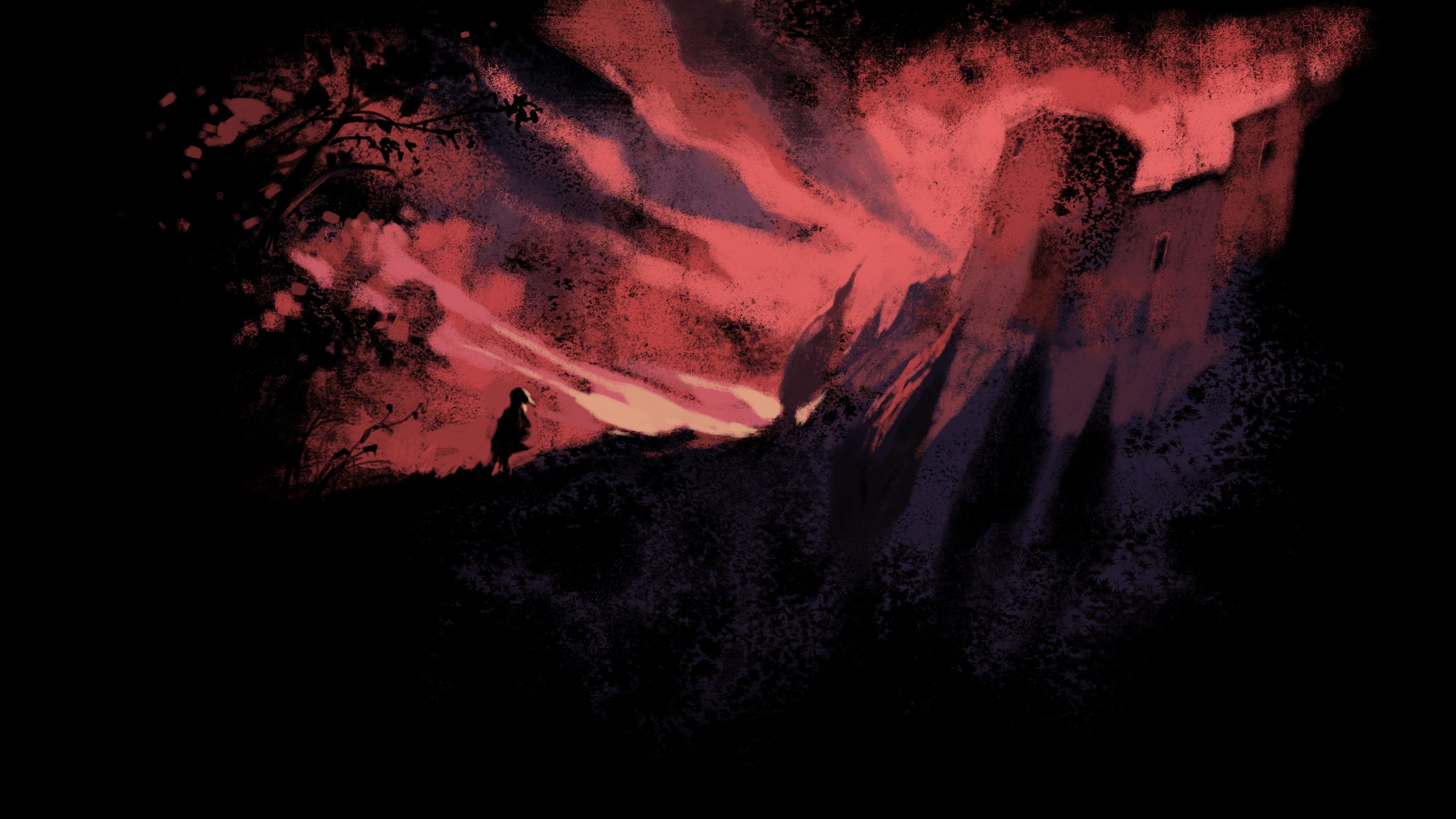
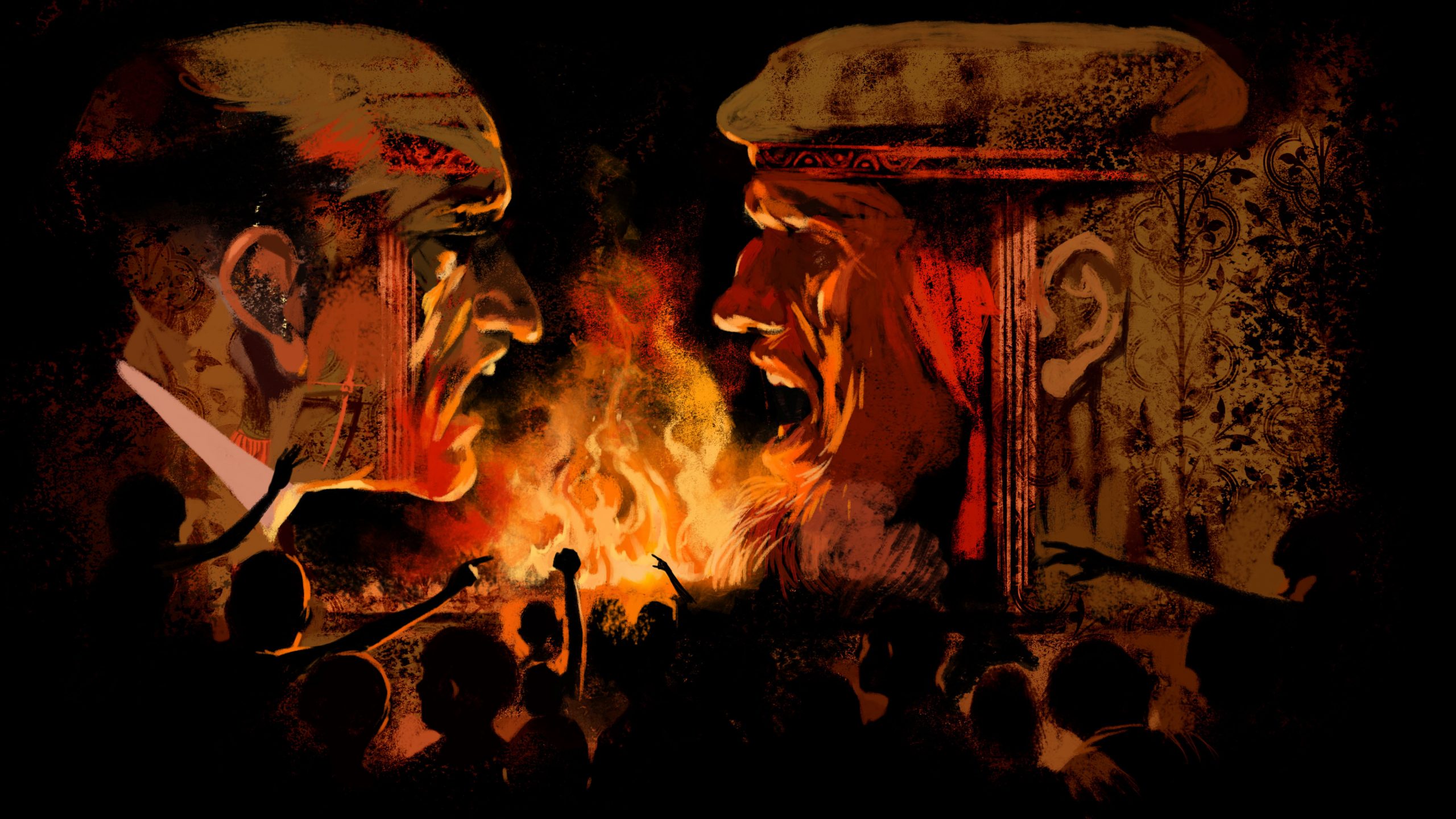
Chimaera
